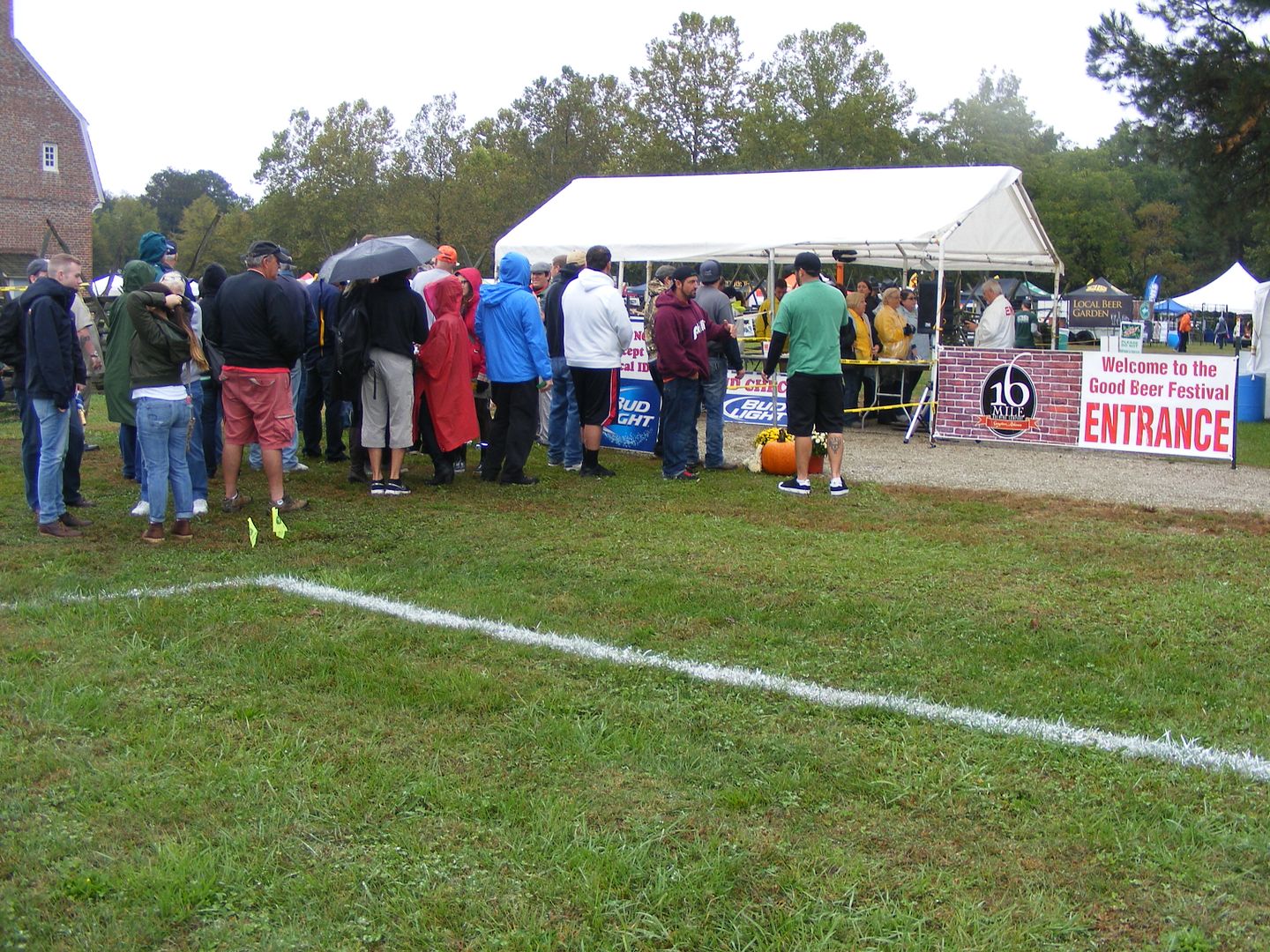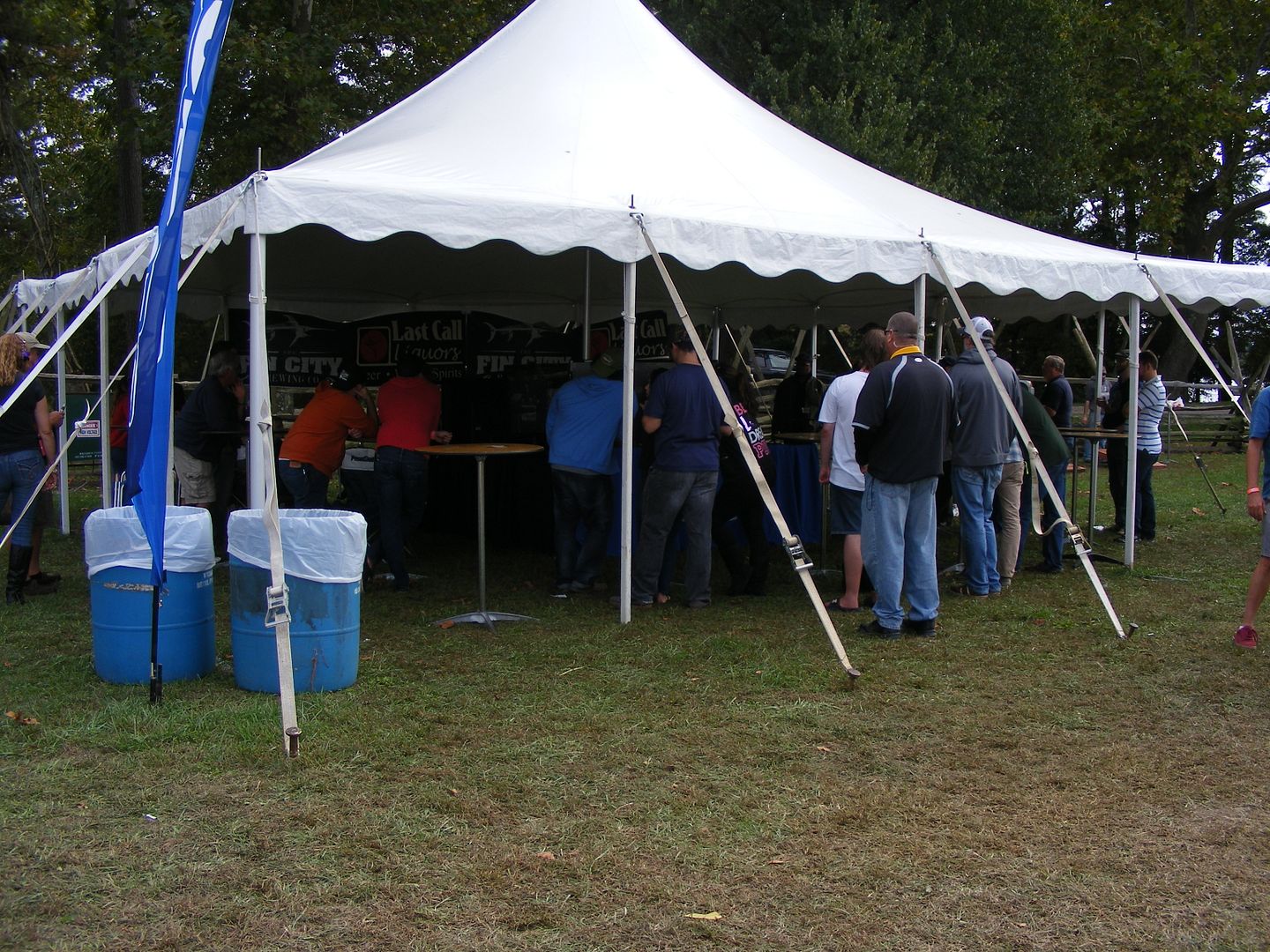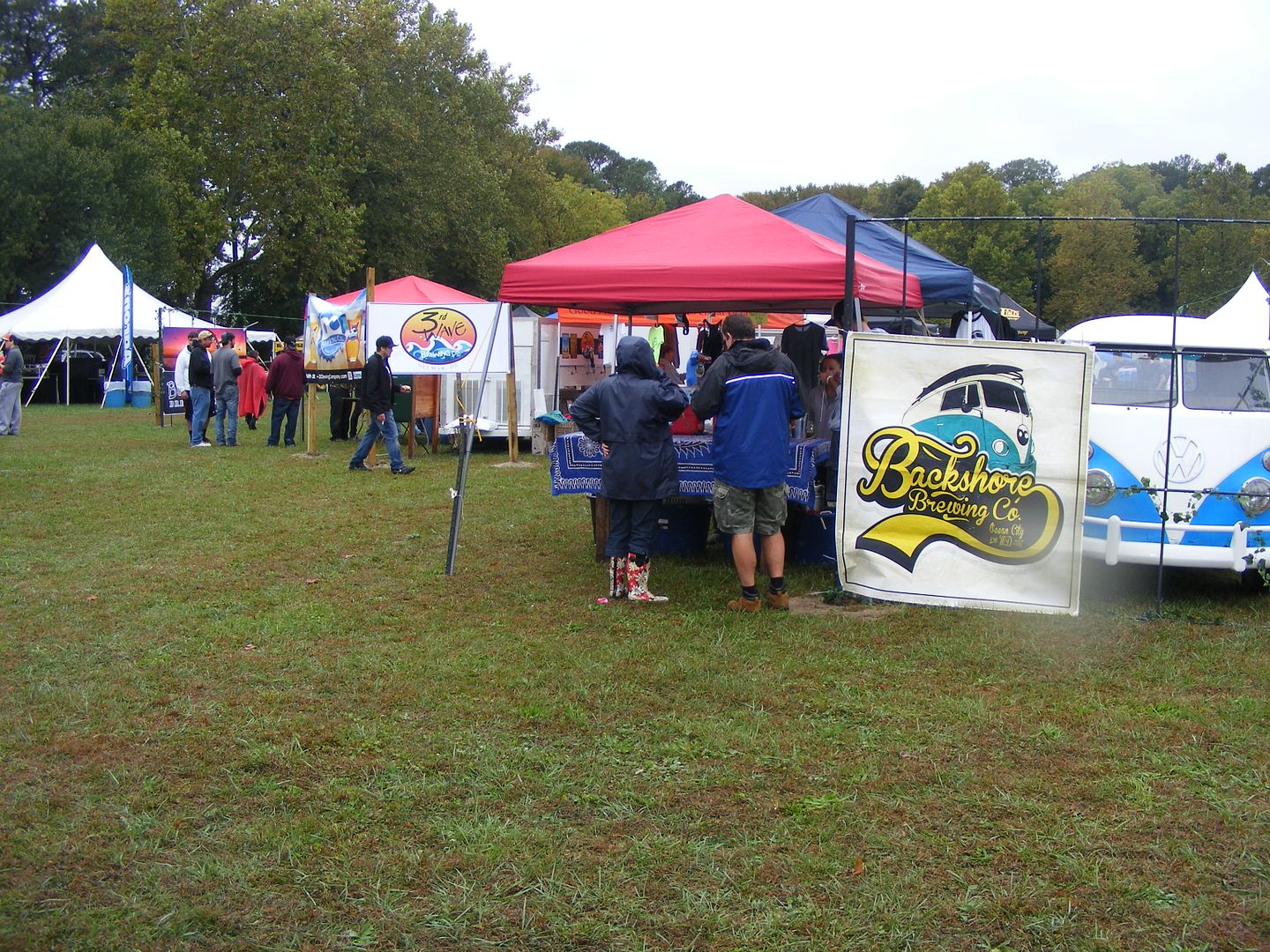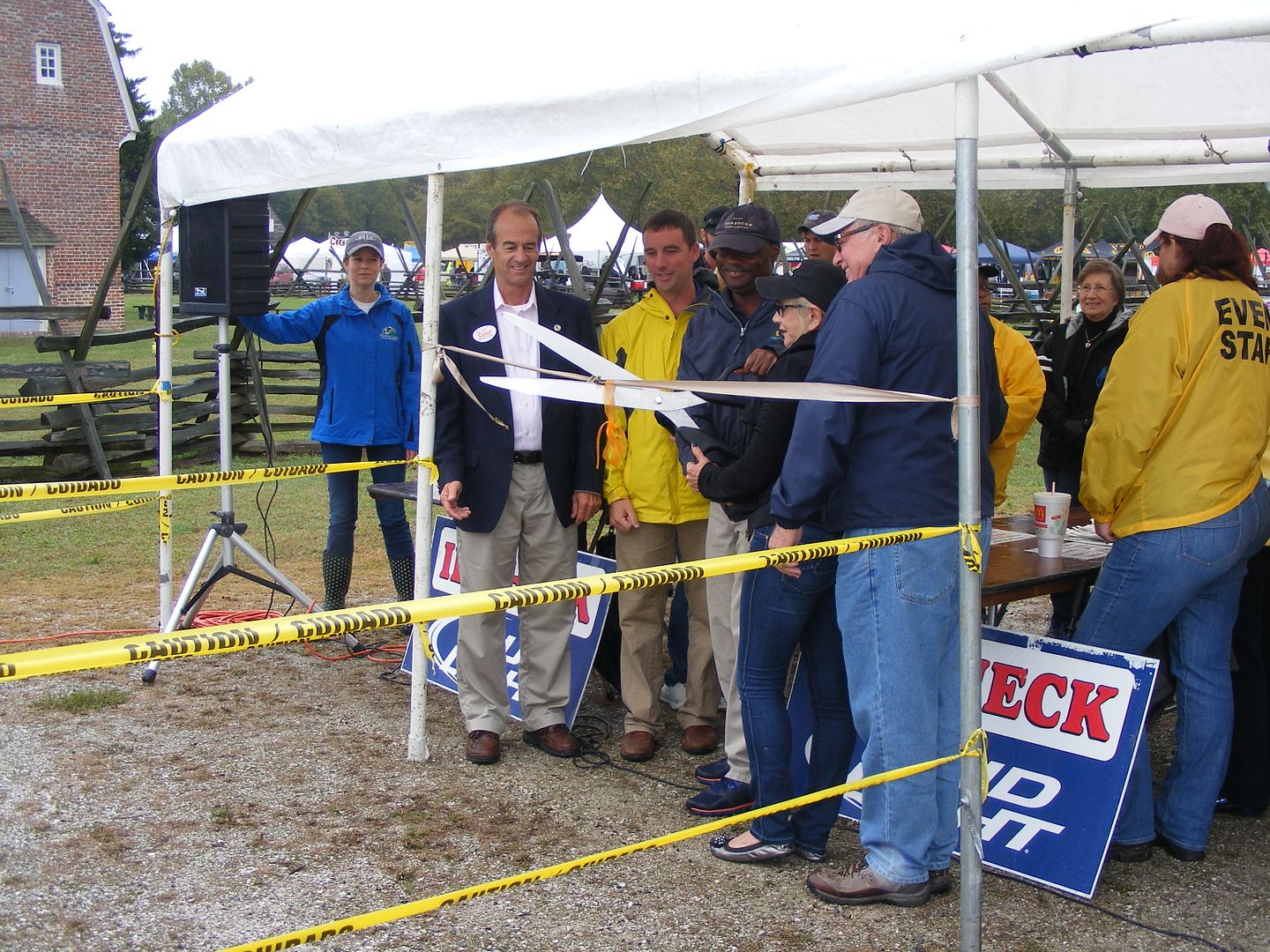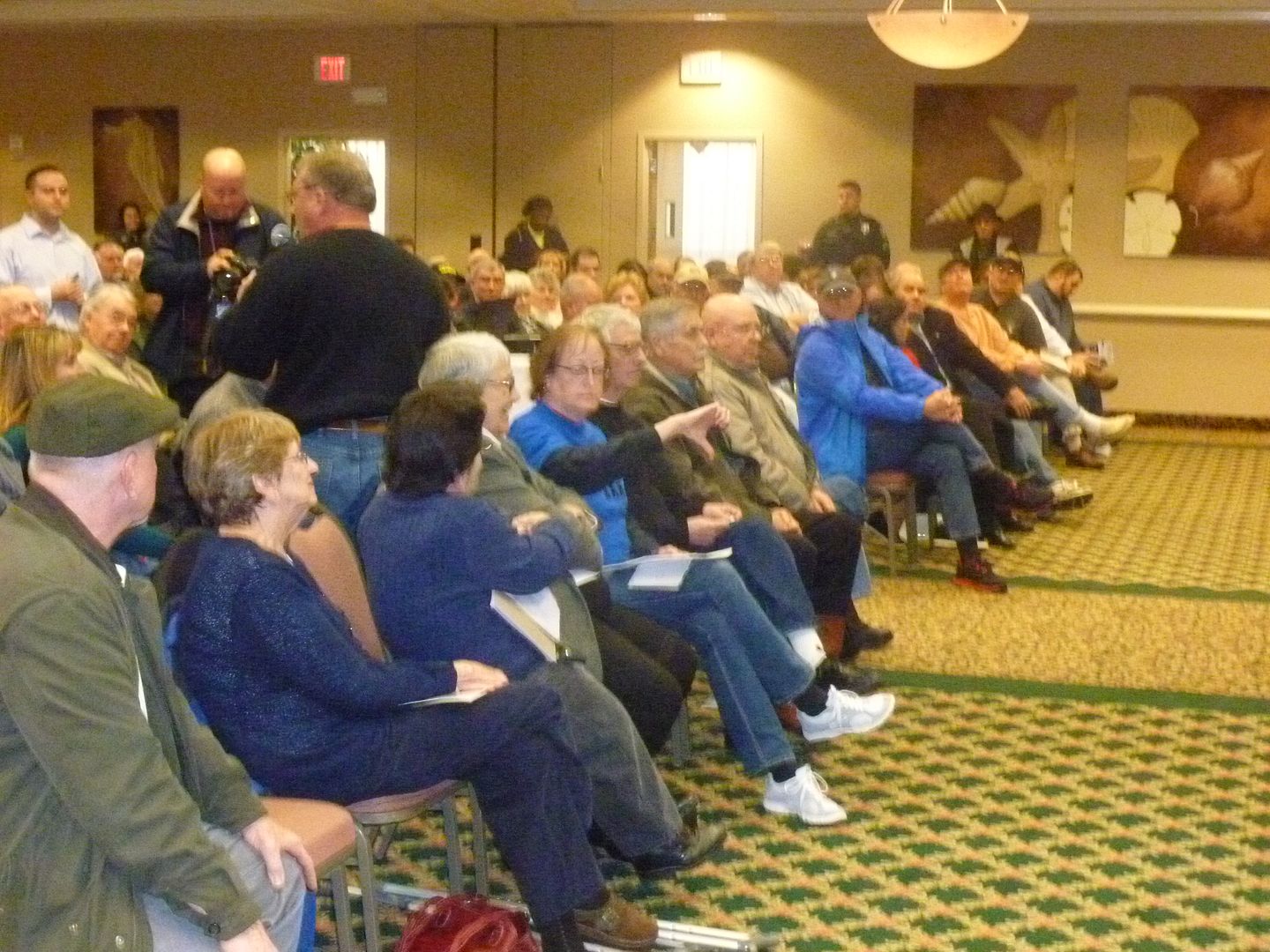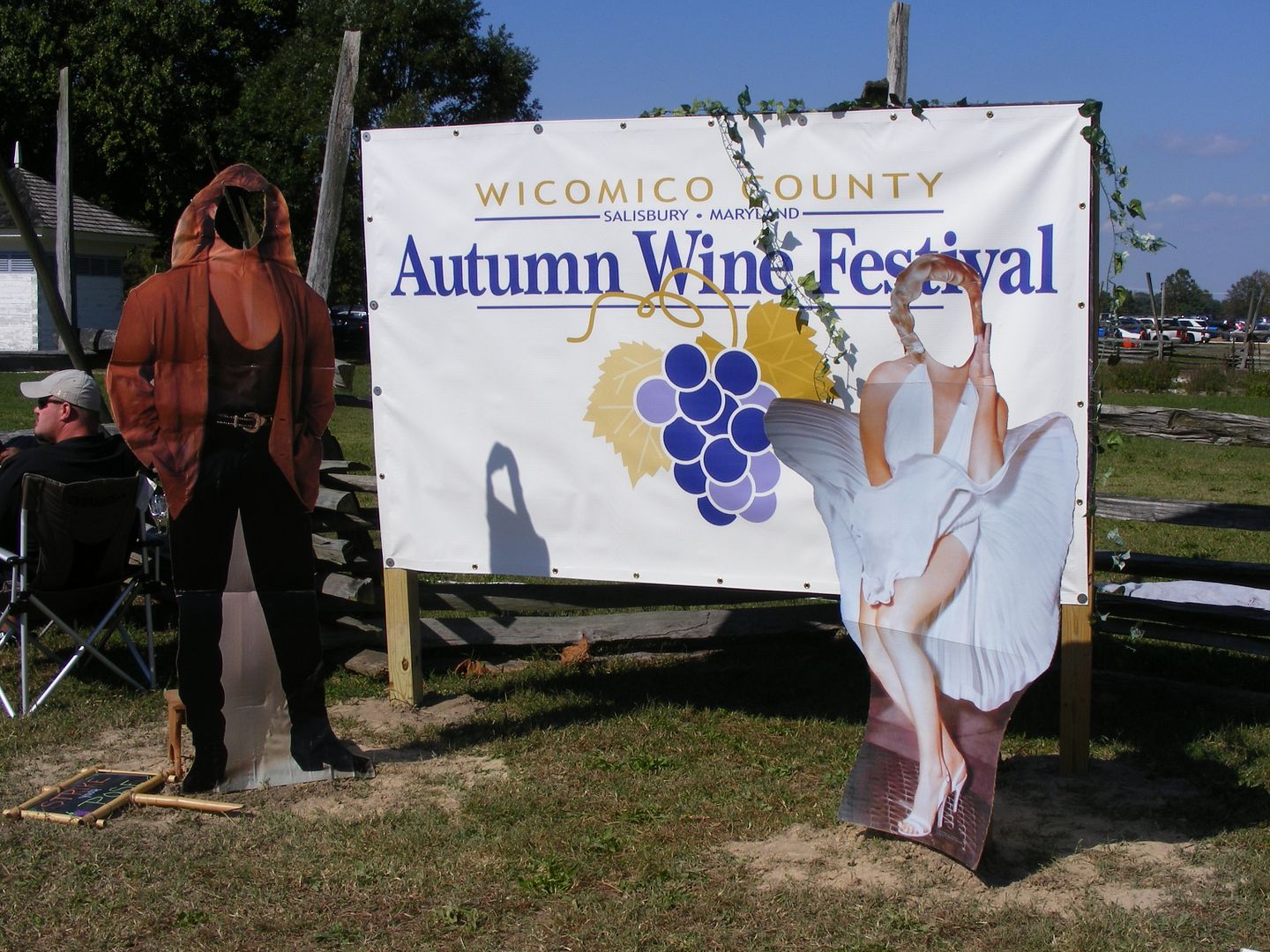
Yet again I was found at Pemberton Historical Park for an event involving potent potables. But this one was more like work for me because I’m simply not a wine drinker – didn’t have a drop. Yet I did take a few photos.
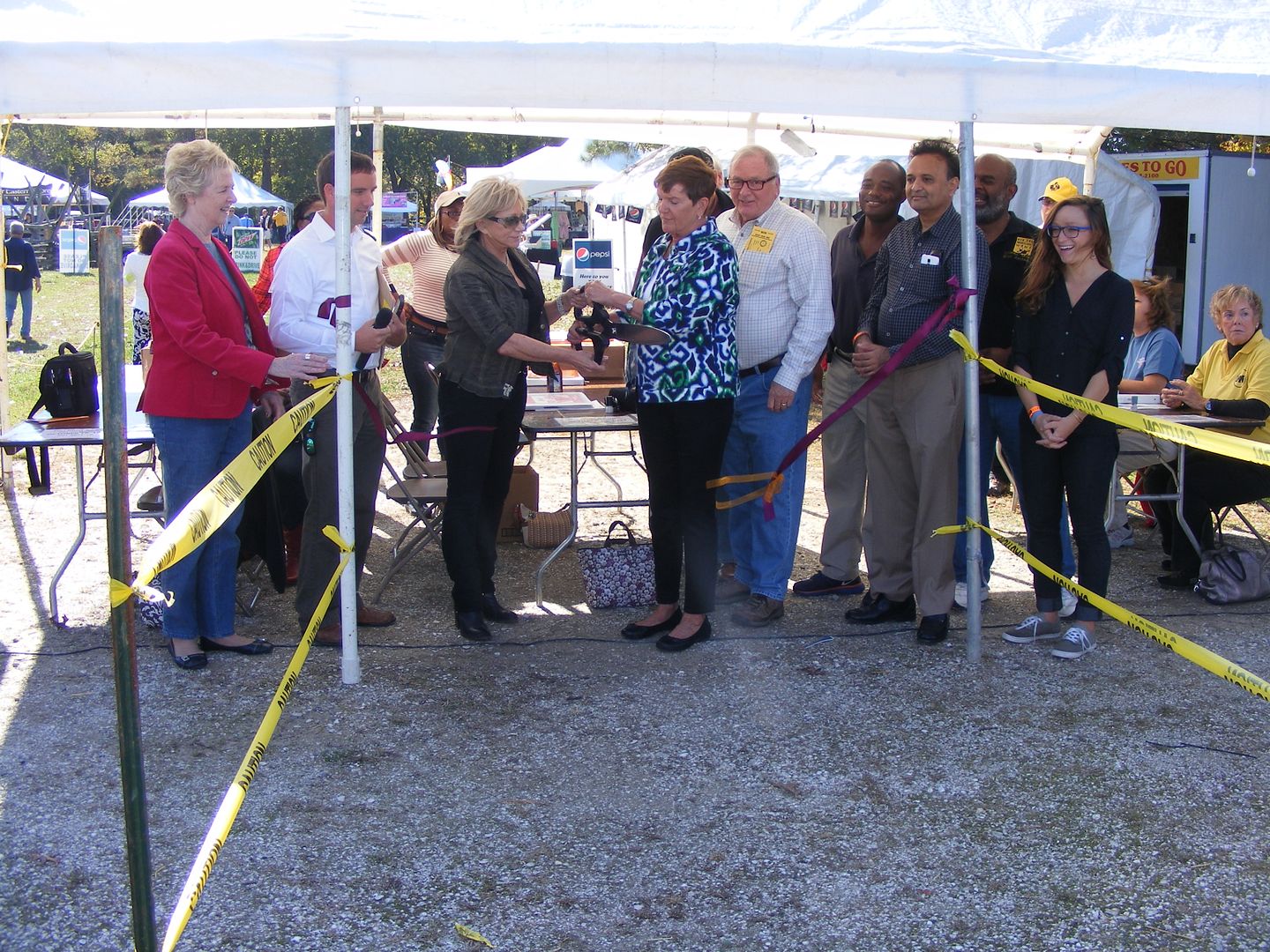
So once the ribbon was cut by (among others) County Council members Matt Holloway, Stevie Prettyman, Gail Bartkovich, and John Hall, we were underway. I was really there for our Republican booth.
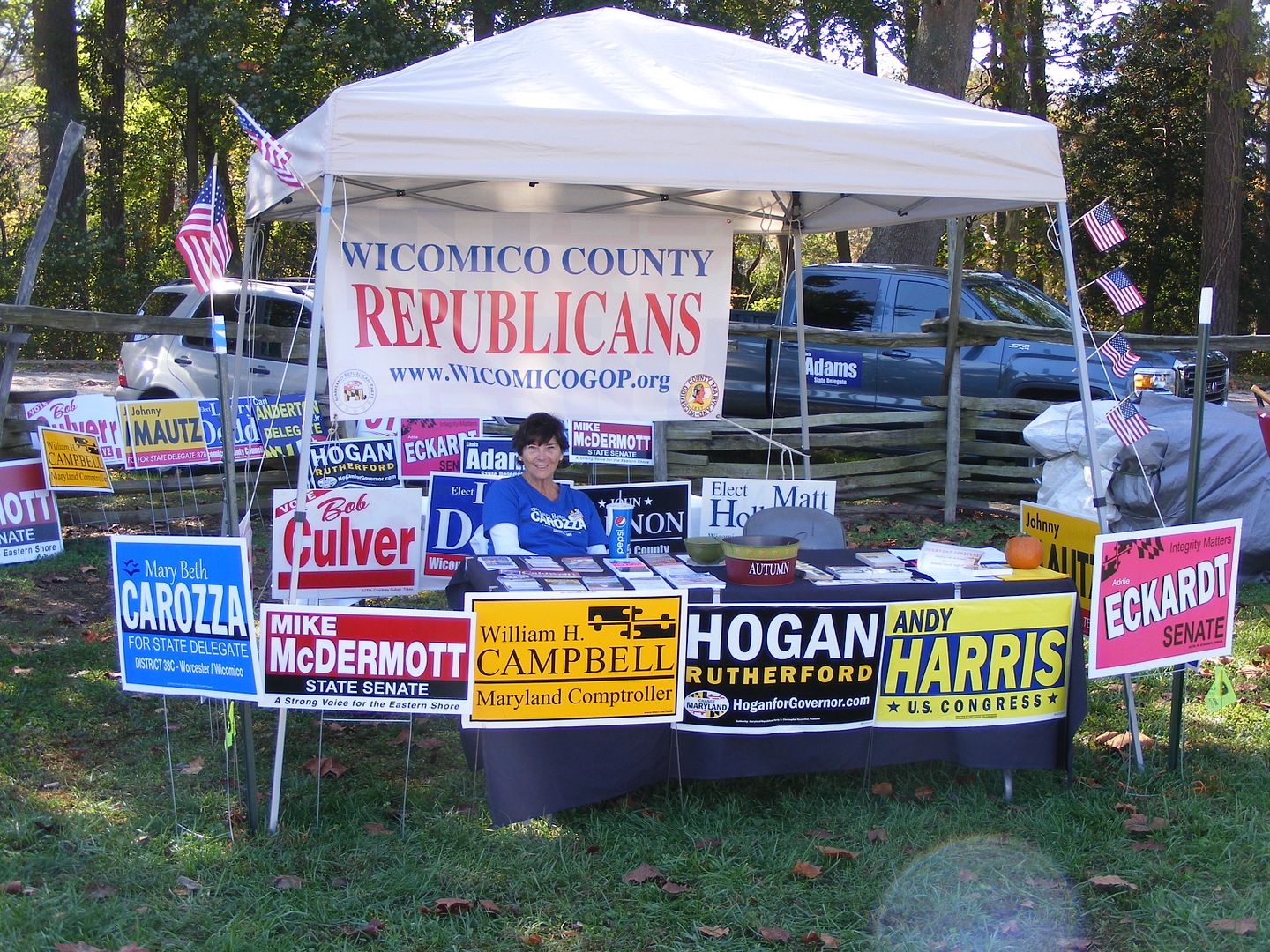
Carol Rose is a big fan of monoblogue and now she’s famous. Actually it gives me an opportunity to thank a whole crew of people who helped out for at least part of a day for the two events: Jackie Wellfonder, Shawn Jester, Carol Rose, Greg Belcher, Linda Luffman, Phil Adkins, David Warren, and Larry Dodd, who you’ll see in a little while. Jim Jester didn’t sit with us, but he was valuable for helping me to set up and take down for each event. That’s a job in and of itself.
But I wasn’t the only person helping get out the vote. Circuit Court judge candidate M.J. Caldwell had his own space.
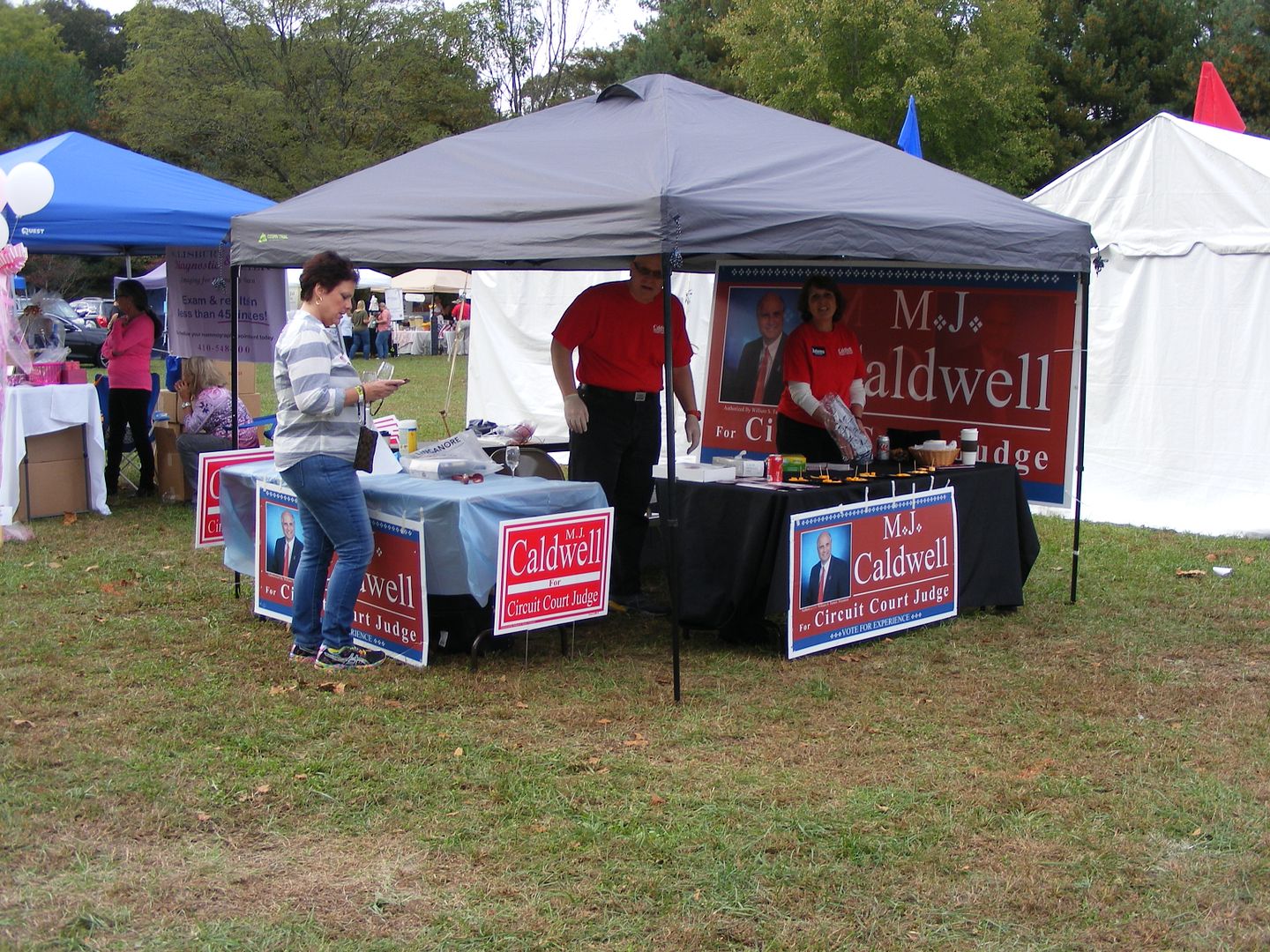
These were the Ritz crackers with cheese. Sunday visitors got the upgrade to Triscuits.
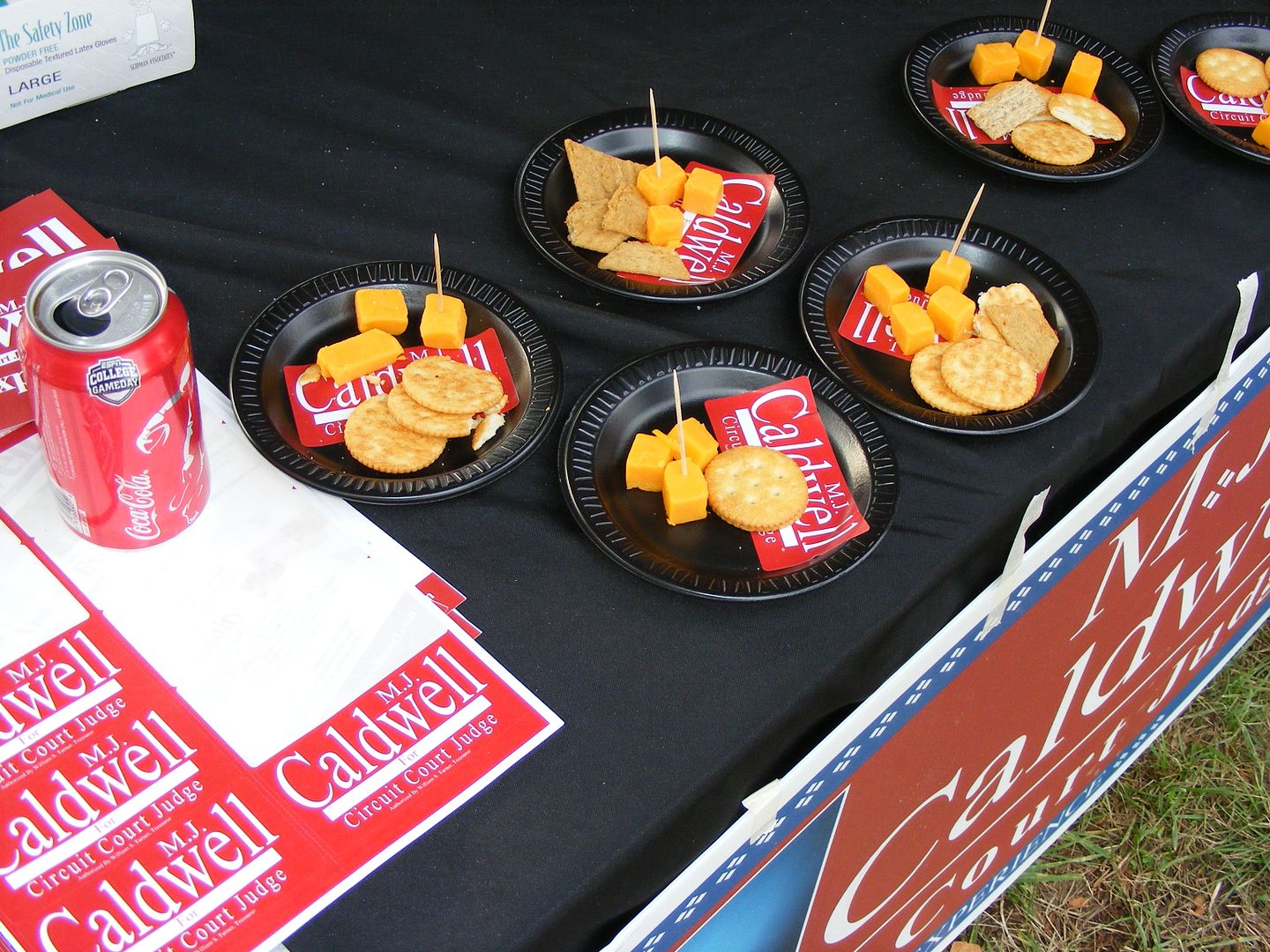
On the other side of the aisle (literally) were our friends, the Democrats. Pete Evans was there most of the weekend, and as I noted this morning I spoke to Delegate candidate Rod Benjamin for a bit while I was there. I also saw Laura Mitchell from afar.

I was a lot closer to Mike McDermott and Chris Adams, who stopped by Saturday to try and collect votes.
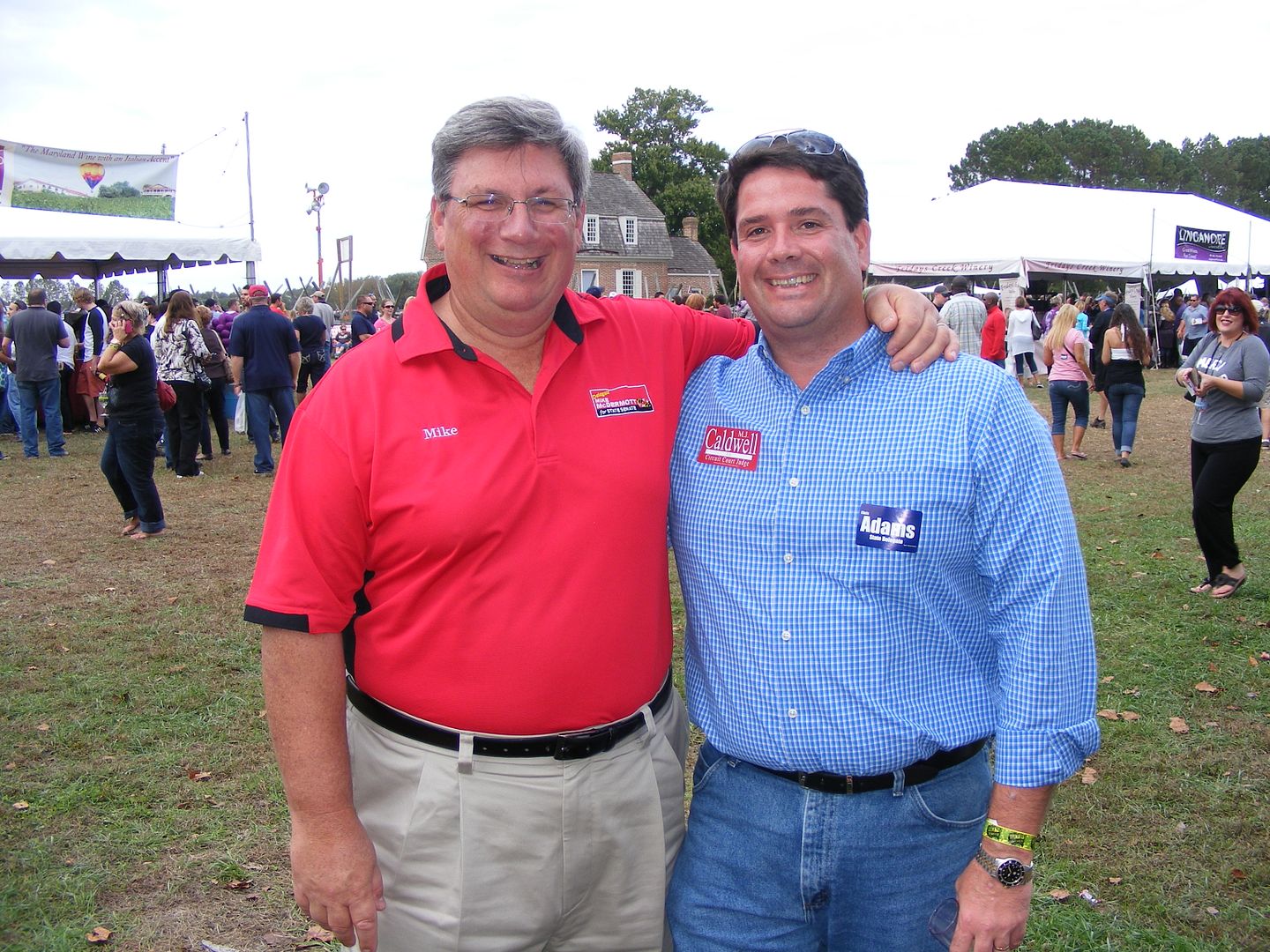
As I noted, District 3 contender Larry Dodd was by on Sunday checking out my neighboring tent while helping man the table.
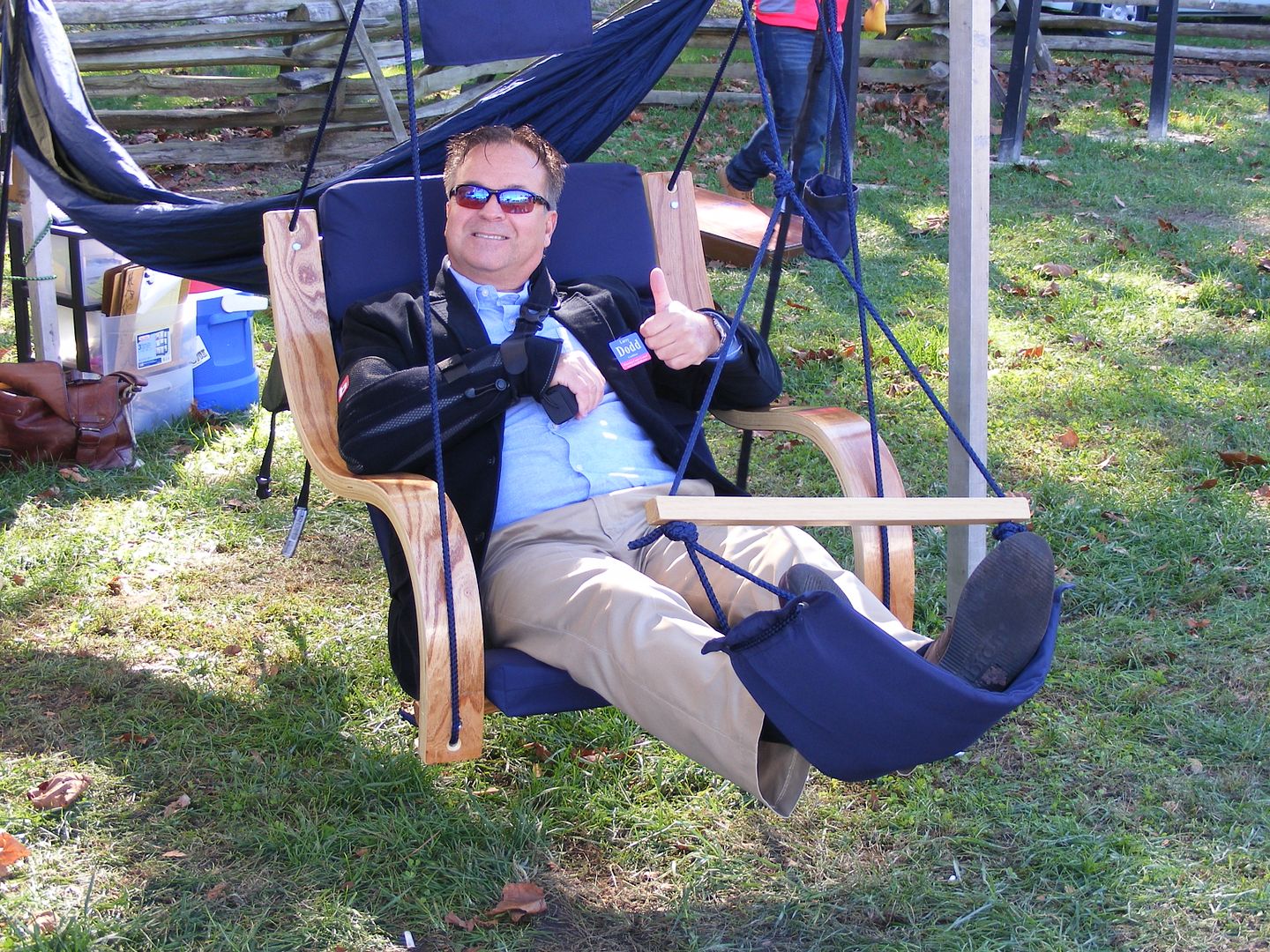
It’s worth pointing out that attendance between Saturday and Sunday was like night and day. While I took these from different vantage points, the time of day was pretty close between the Saturday photo on top and the Sunday one at the bottom.


Something else a little different was the use of one space. On Saturday, the top photo shows a VIP area. On Sunday it was converted to an artisan’s tent with some of their wares put out.
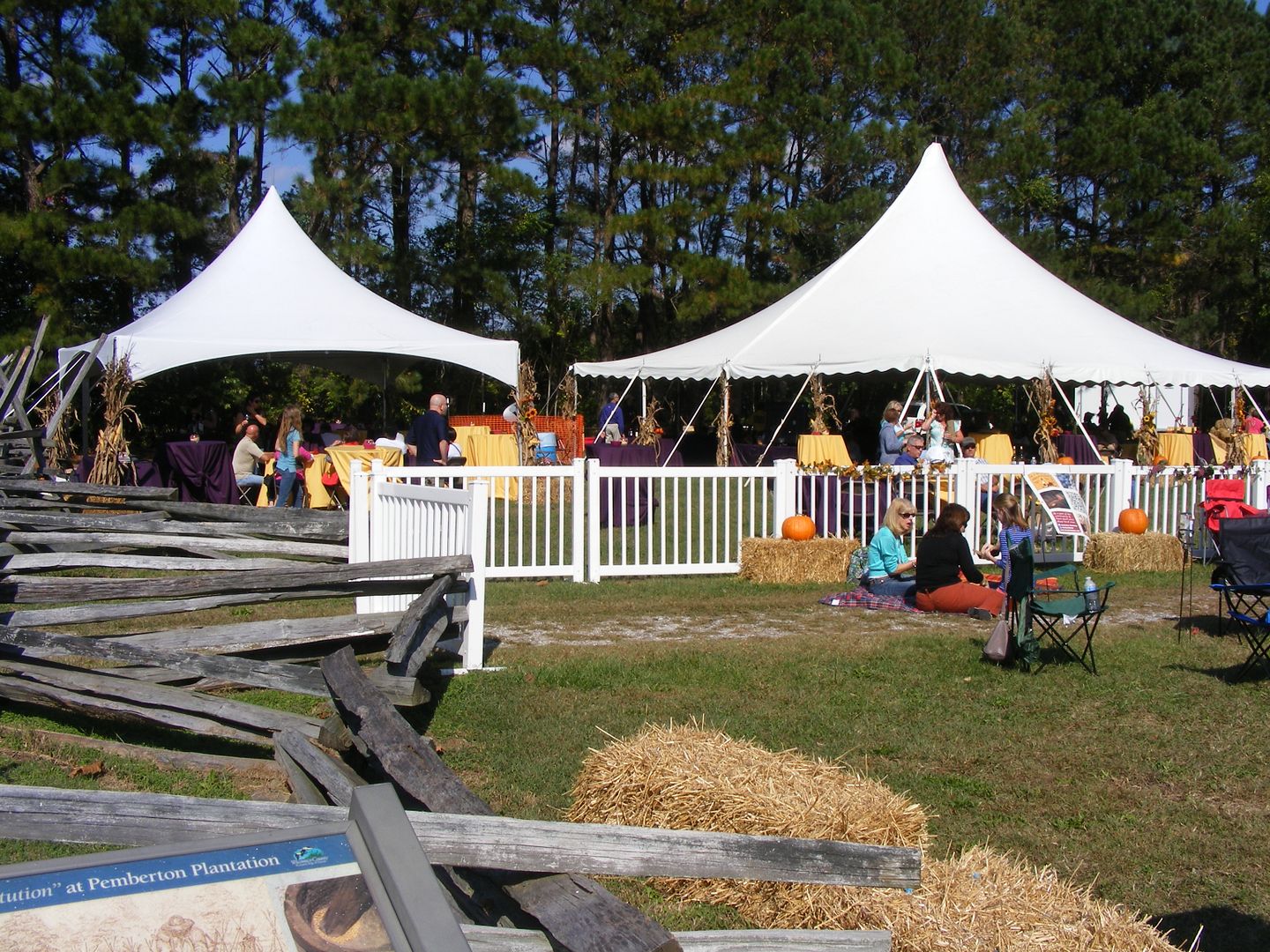


For a few extra dollars on Saturday, you got the nicely appointed tables, a bigscreen TV, a large sectional sofa, and private restrooms. With the exception of the tables, they kept those things on Sunday but very few were there.
Of course, the weather had a lot to do with the spotty Sunday attendance. While it was in the 70s and balmy Saturday, a chilly, cloudy morning and gusting gales on Sunday reminded me again why I call it the Autumn Wind Festival. And those gusts created havoc at the other political tents, oddly enough.
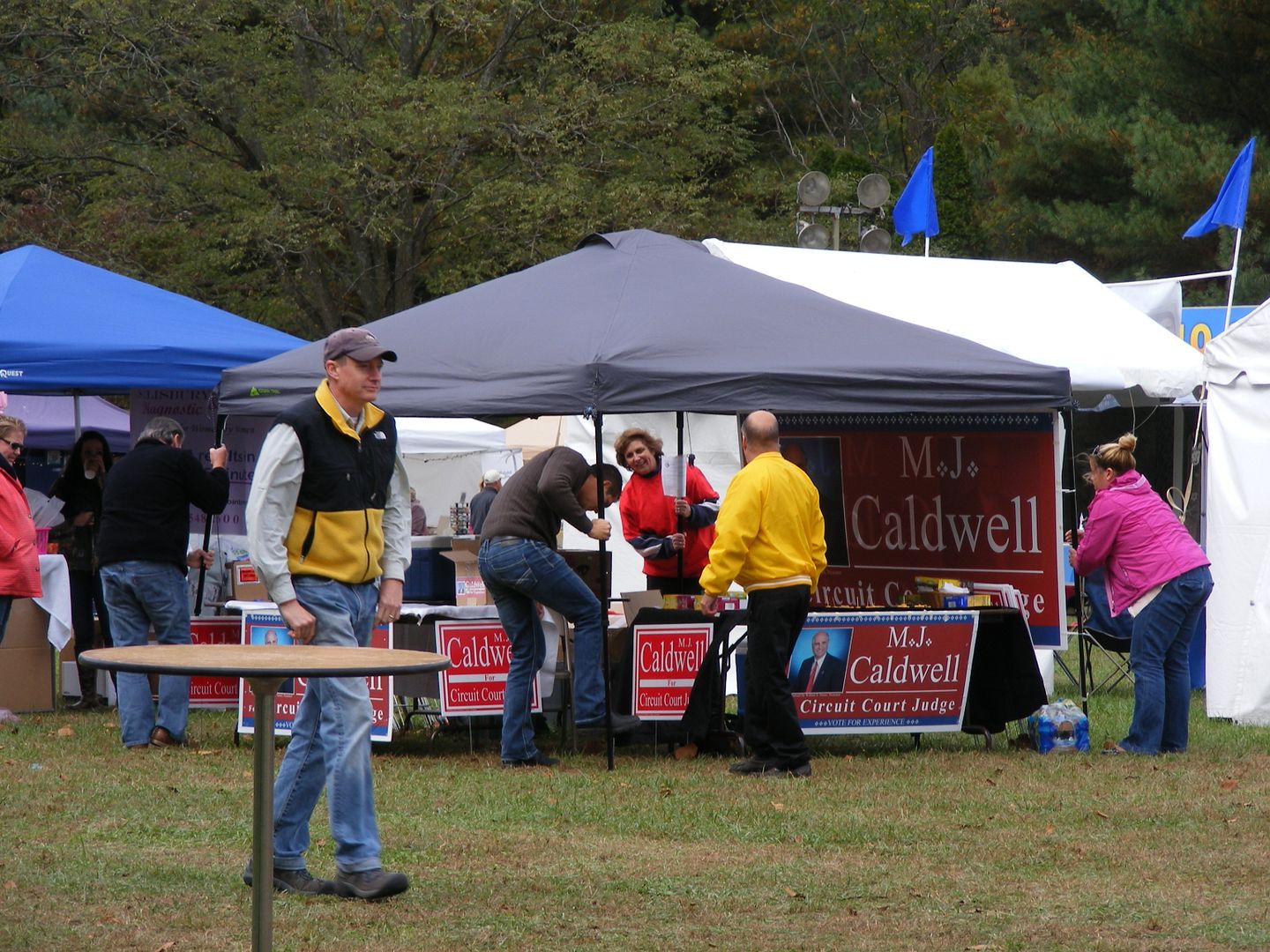
M.J. Caldwell’s tent reared up on two legs before being corralled. But as David Warren saw with his photo, the Democrats weren’t as fortunate.
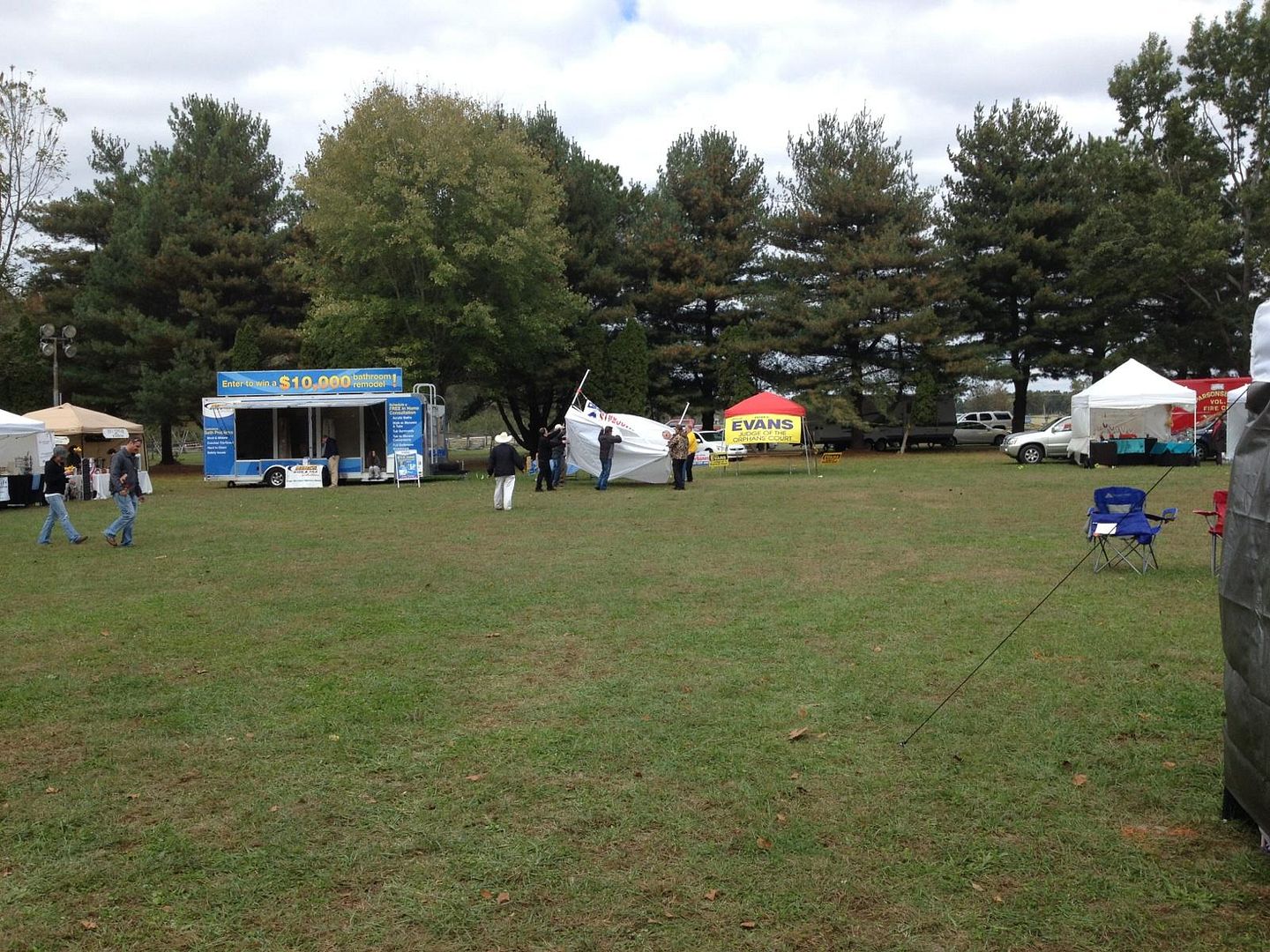
You’ll notice how devoid of people this end of the festival appeared on Sunday. Unfortunately for a lot of vendors, it was that way Saturday, too. I took this about 3:45, just at the end of the peak time.

While a few were playing games and some watched the college football – granted, the television tent was a little busier on Sunday afternoon for the Ravens game – there was another place people stayed.

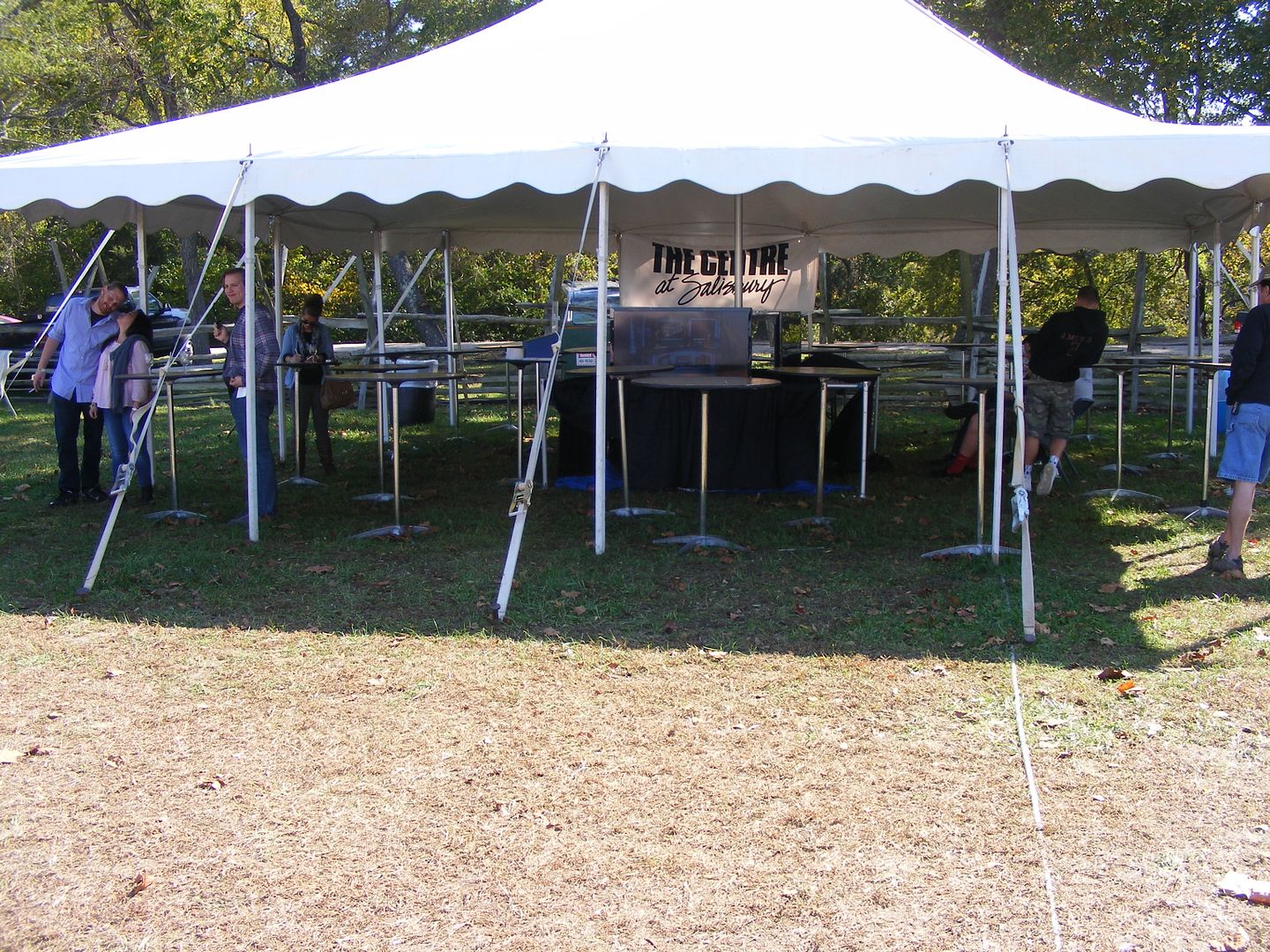
Bear in mind I took the next picture Sunday, with the smaller crowd.
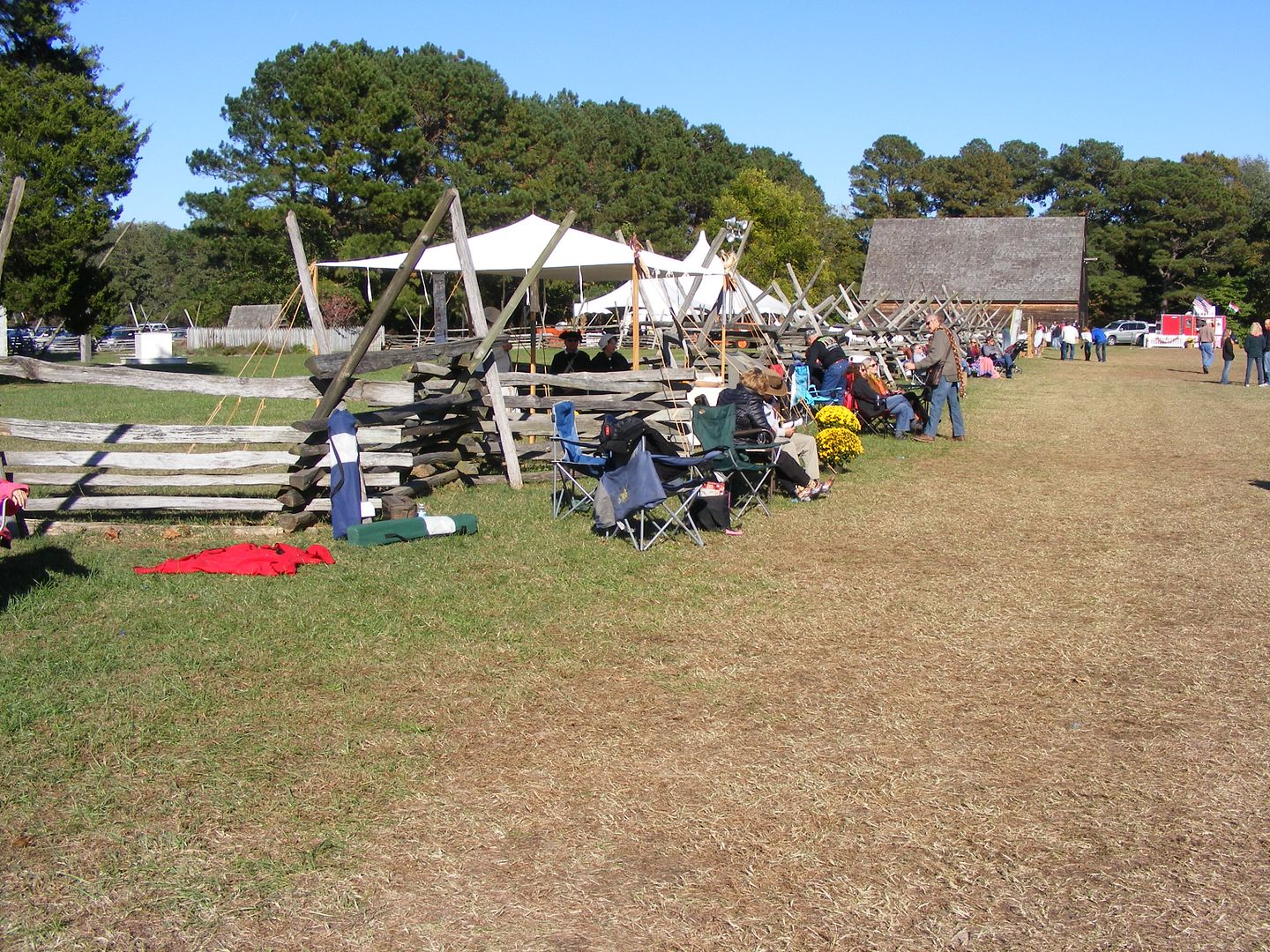
Practically every section of this fence had a group staked out. They were close to the wine tents, lucky ones had a view of the stage, and they had their chairs for the duration. With the layout of the event, it was tough on the vendors beyond the last tent – we were lucky enough to be on the back side of it so at least we had some traffic.
If you noticed the chair Larry Dodd was sitting in, it was part of a collection from this vendor.
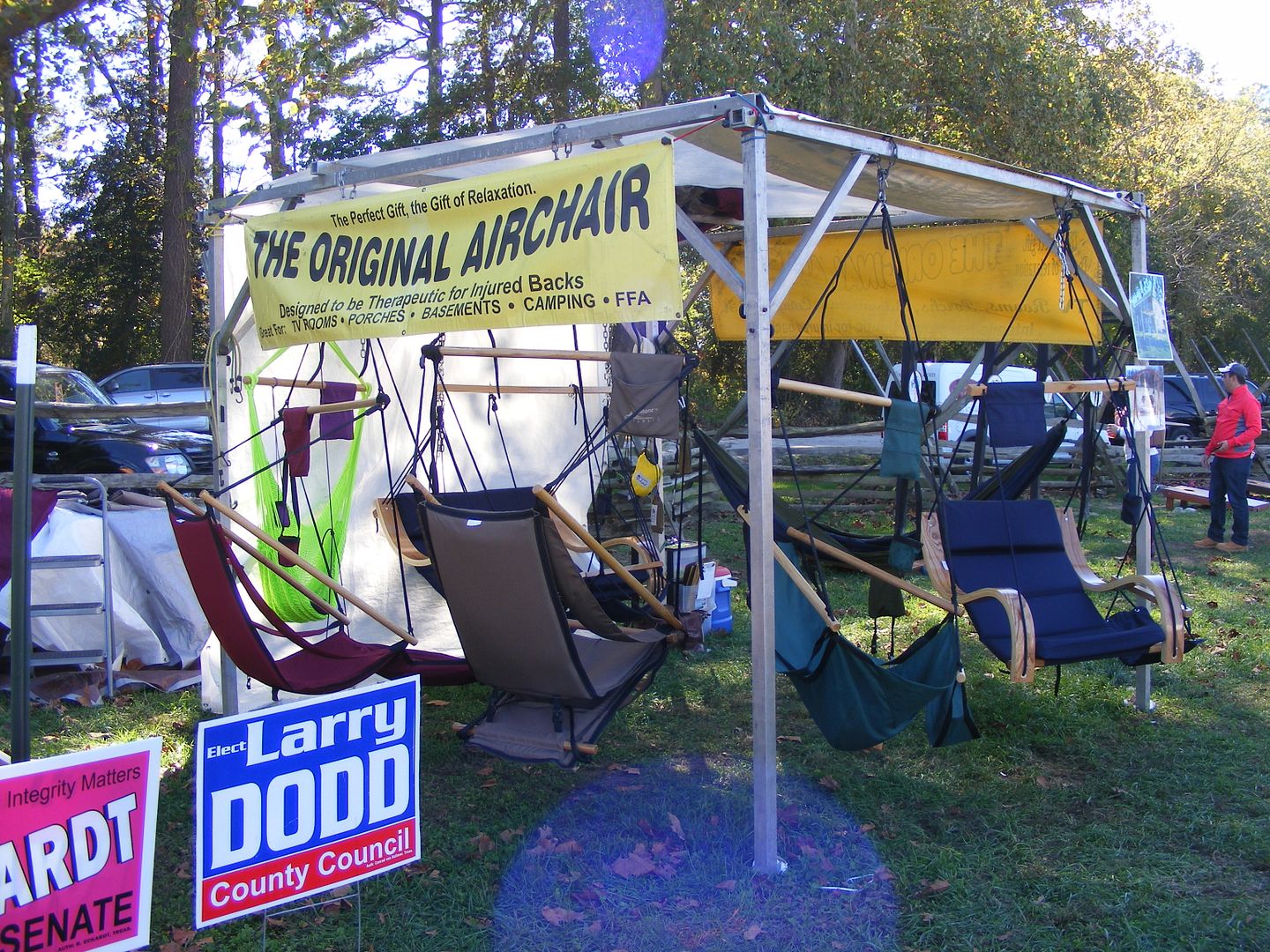
They have an interesting story since this couple, who I presume are married, traveled from Ohio to the AWF – apparently they do several similar shows a year around the country with the next one in Texas.
So if you wondering who the couple in the Cleveland Browns gear was, there’s your answer. And the chairs seem to be fairly comfortable based on my limited experience of sitting in one for five minutes, so why not give them a plug as thanks? Besides, at $139.95 I figure a year’s free advertising on my site is a fair trade for an air chair. (Never hurts to ask!)
Of course, my better half might prefer the Gollywobbler.

That was fairly good marketing, but not as unique as this tagline.

And since I had the hop head from last week, why not the grape guy?

Still, I favor the more traditional. I really liked the usage of the barrel.

And, of course, the more colorful the bottles in the sunshine, the more likely it is I’ll use the shot. The Winery at Olney gets that honor this year.

But as a vendor, I want to close with my two cents. For those at the south end of the festival, it was pretty brutal. One thing about the layout they use is that 80% of the people can conceivably cluster around the four large tents and the stage in the middle all day. I saw a few people who brought their lunch so they were all set aside from the bathroom breaks.
What I would suggest is a two-stage setup like the Good Beer Festival employs, because it may entice a little more churn in the crowd. Yes, you will get your campers but they may be more inclined to move during an hour break between bands than a 30-minute one.
I’m sure we’ll be back next year, even though it’s pretty much an off-year election (except for the city of Salisbury, which will be in campaign mode.) We may have a little Presidential material as well as those who may run for the Senate, but we won’t have a lot to give out. I would like a little more traffic, though.



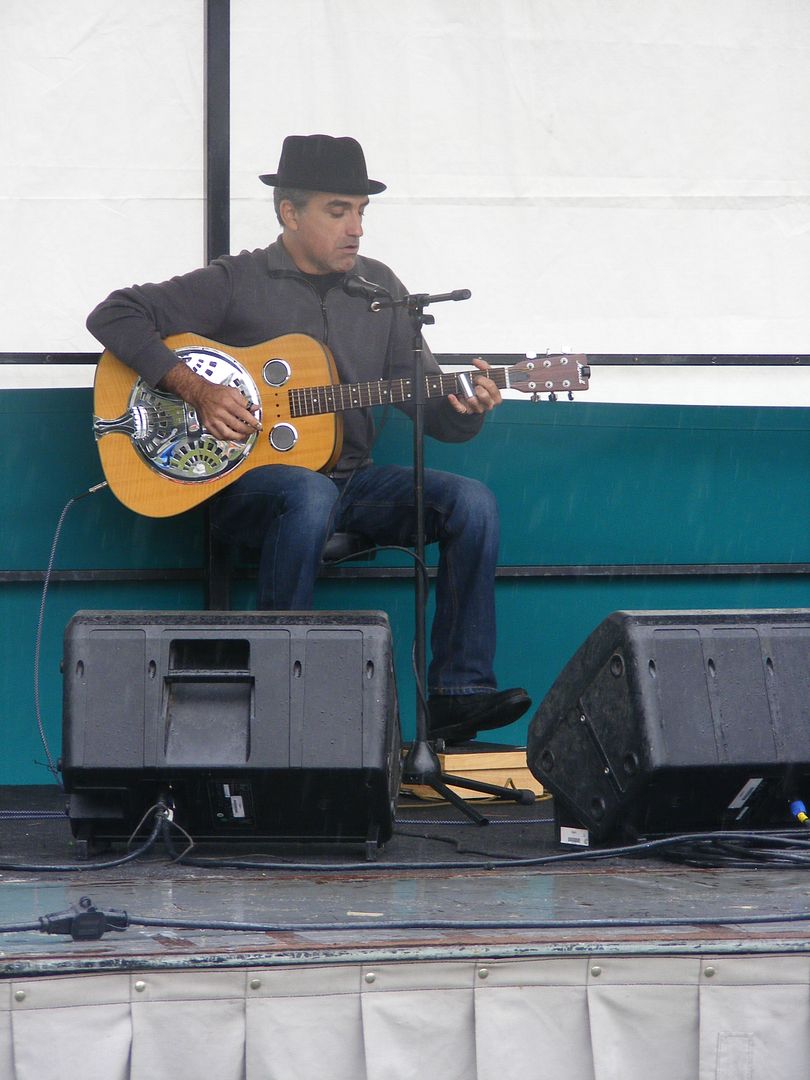

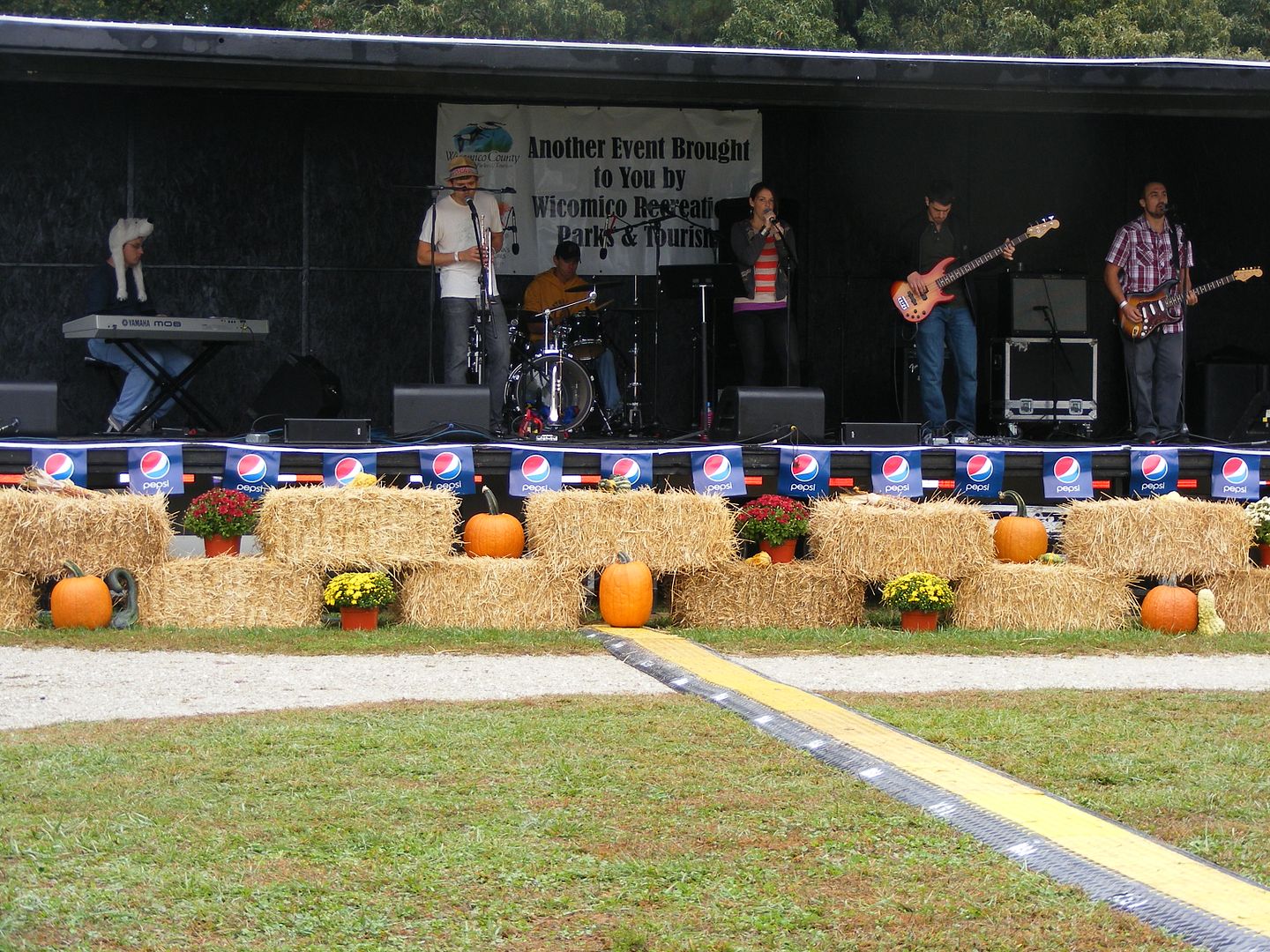

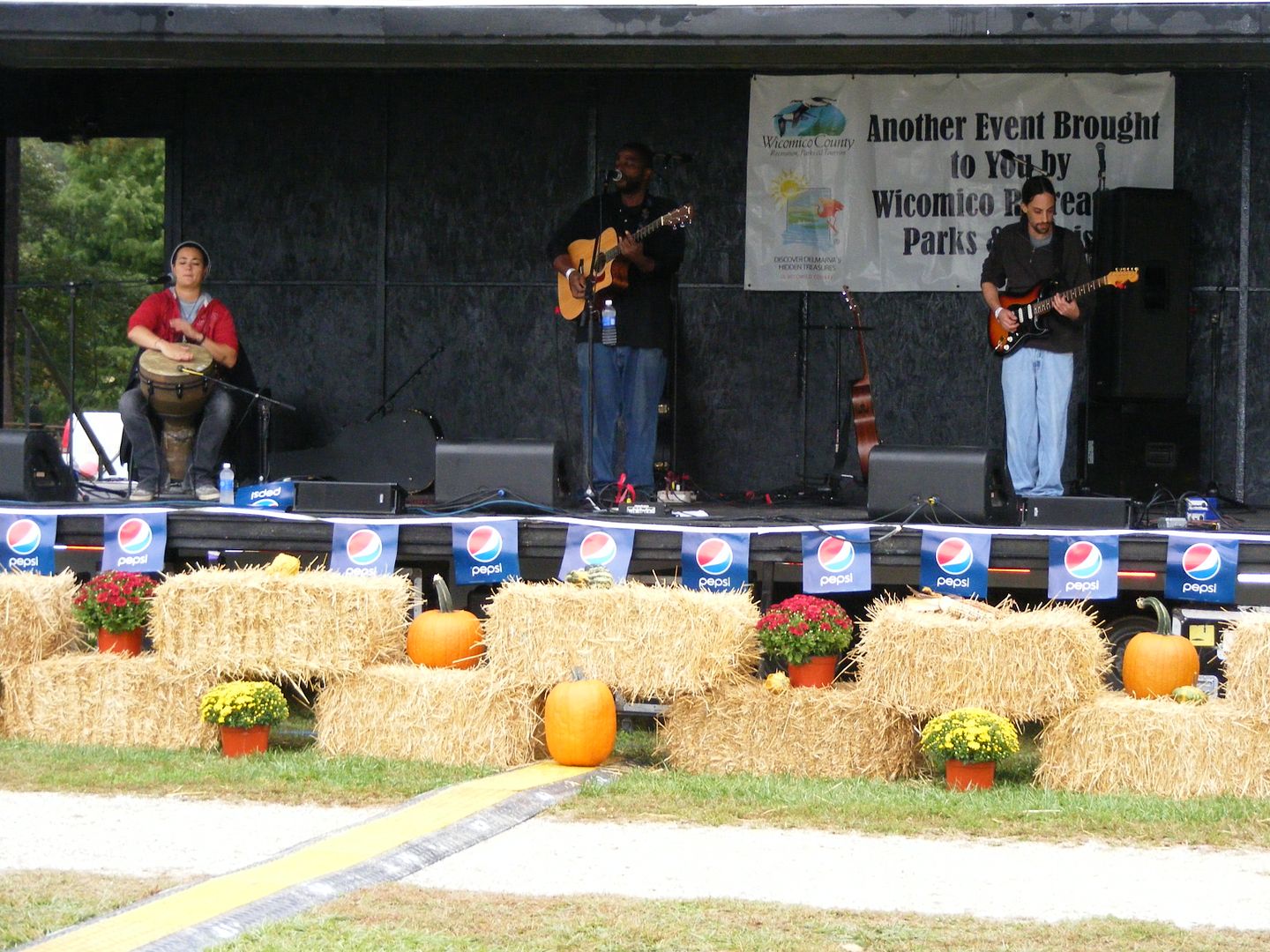

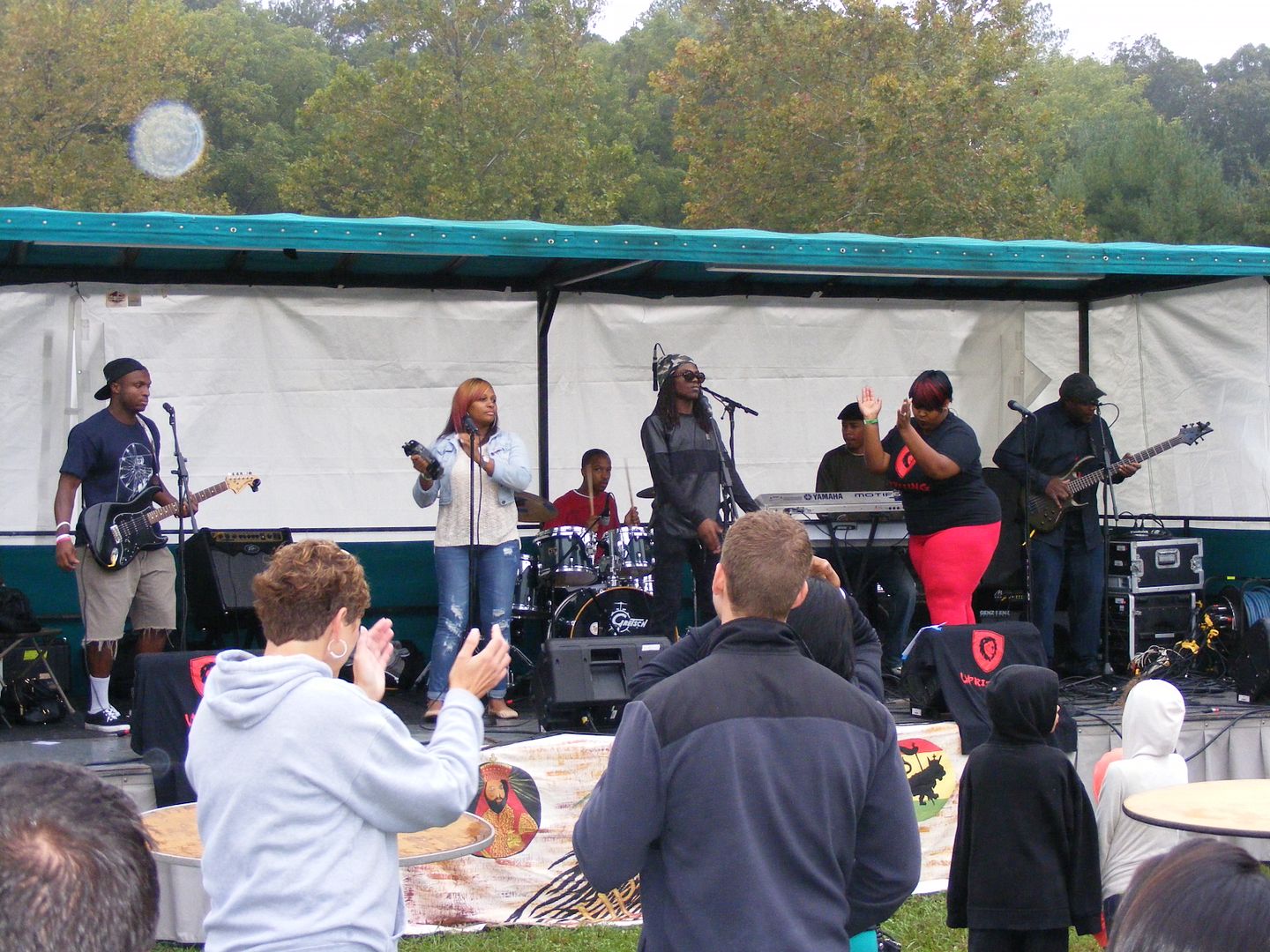

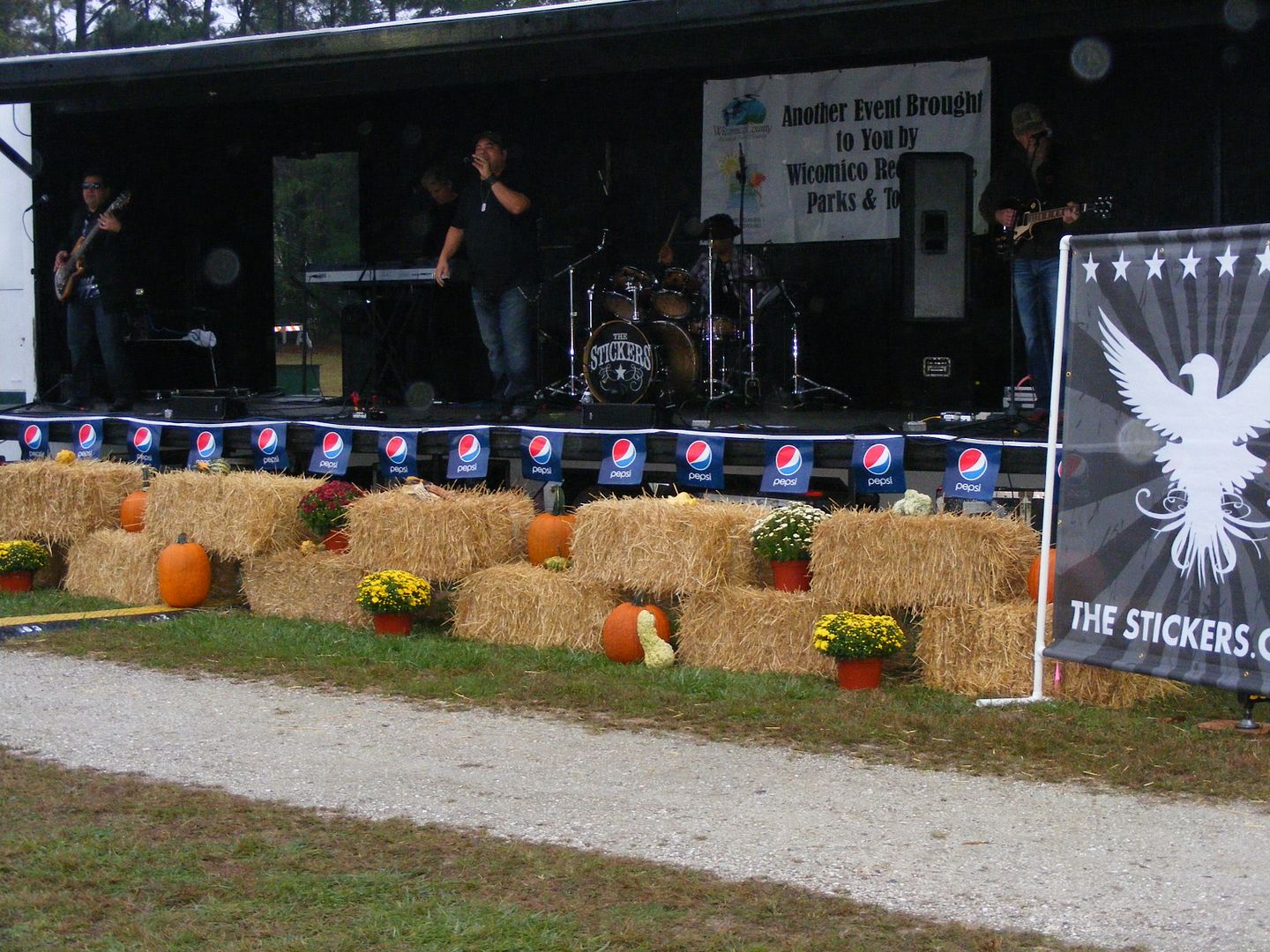

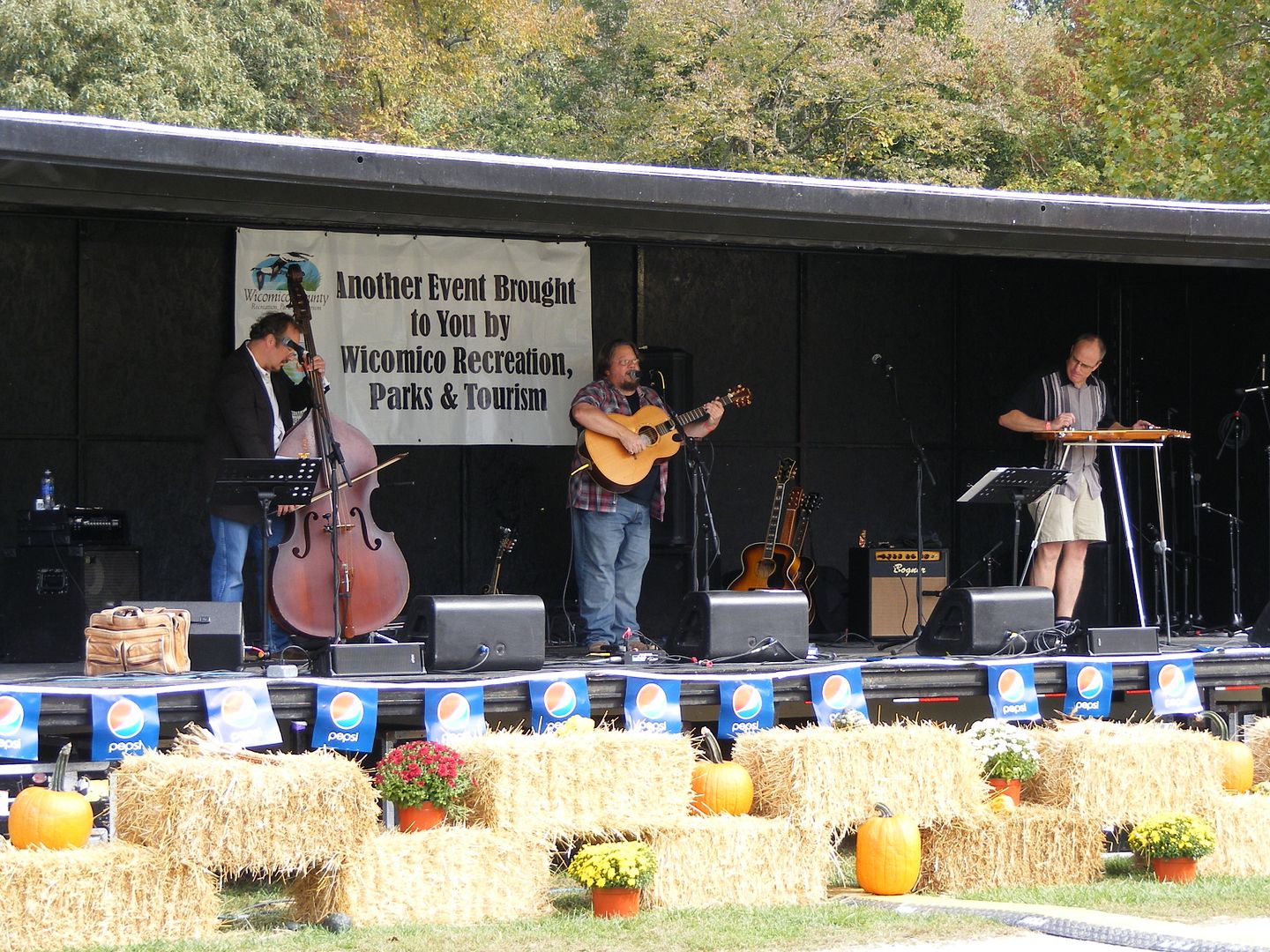
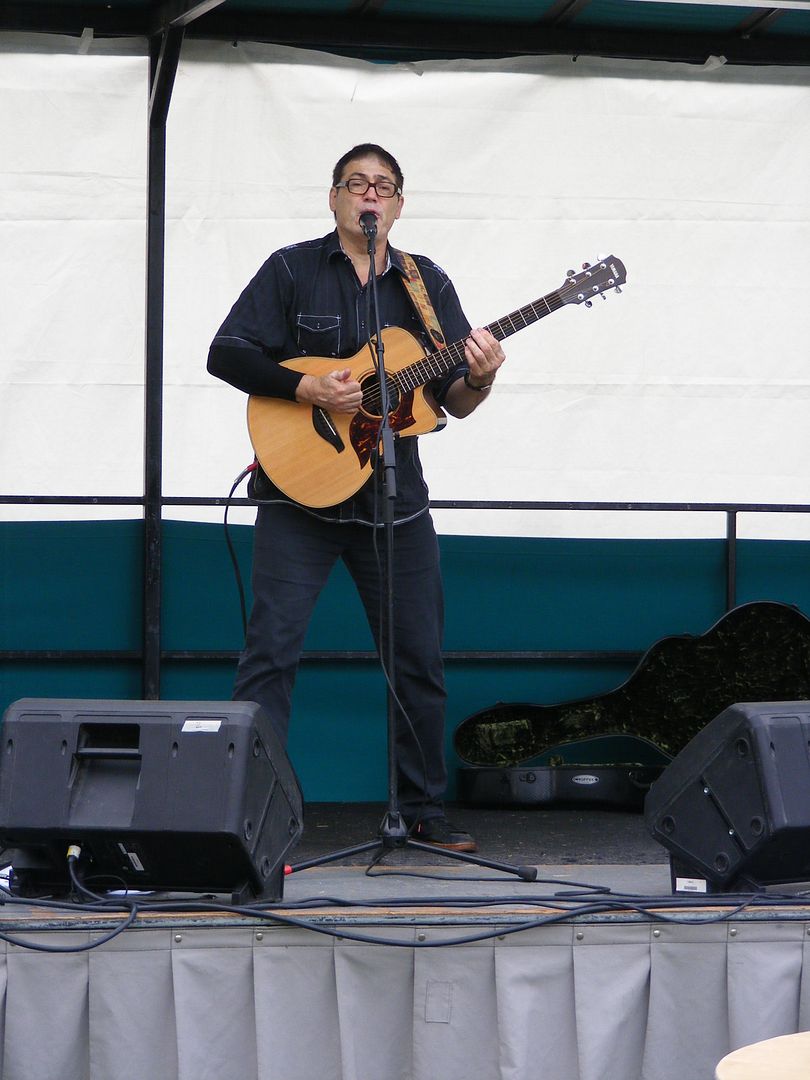
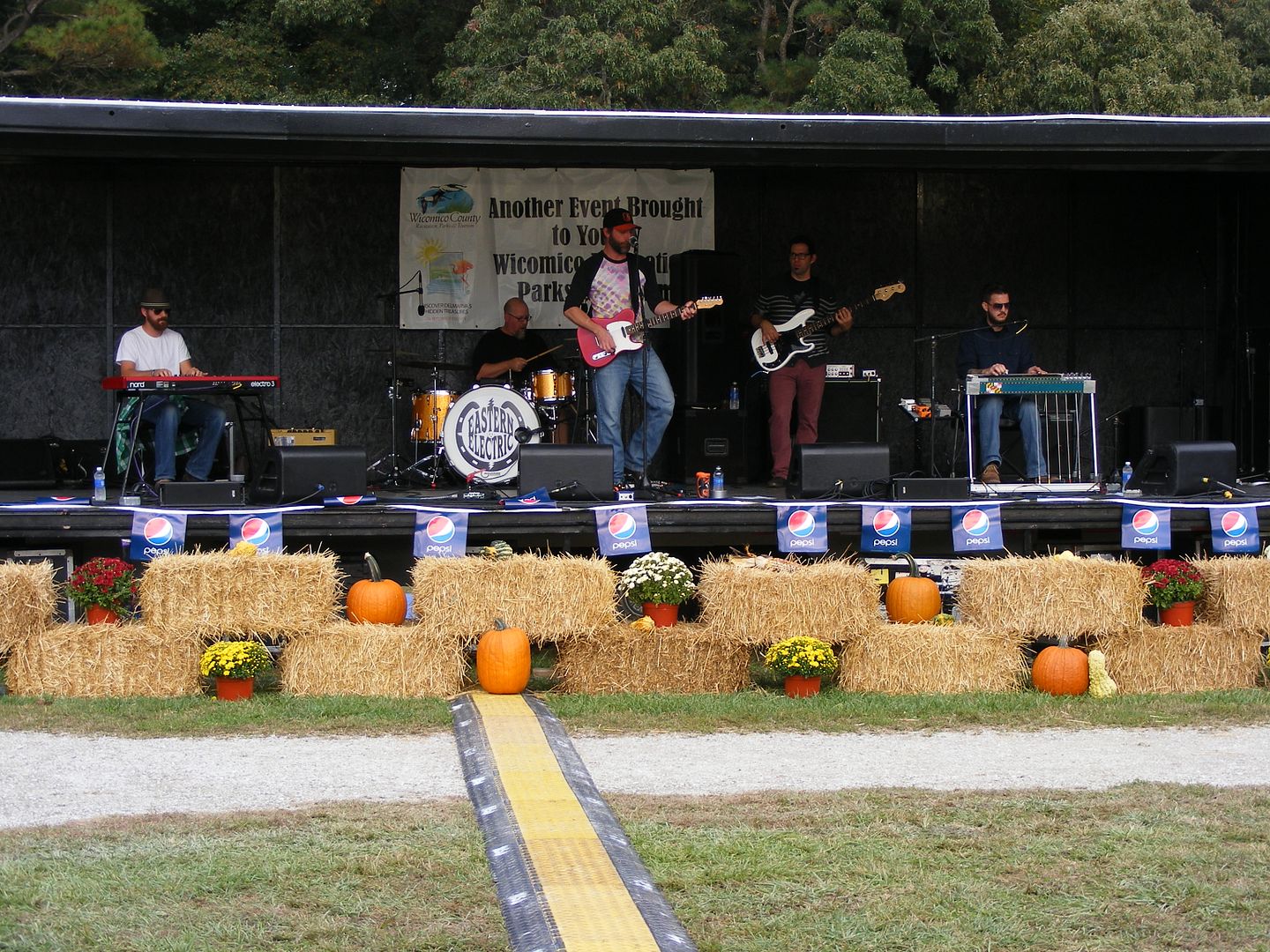
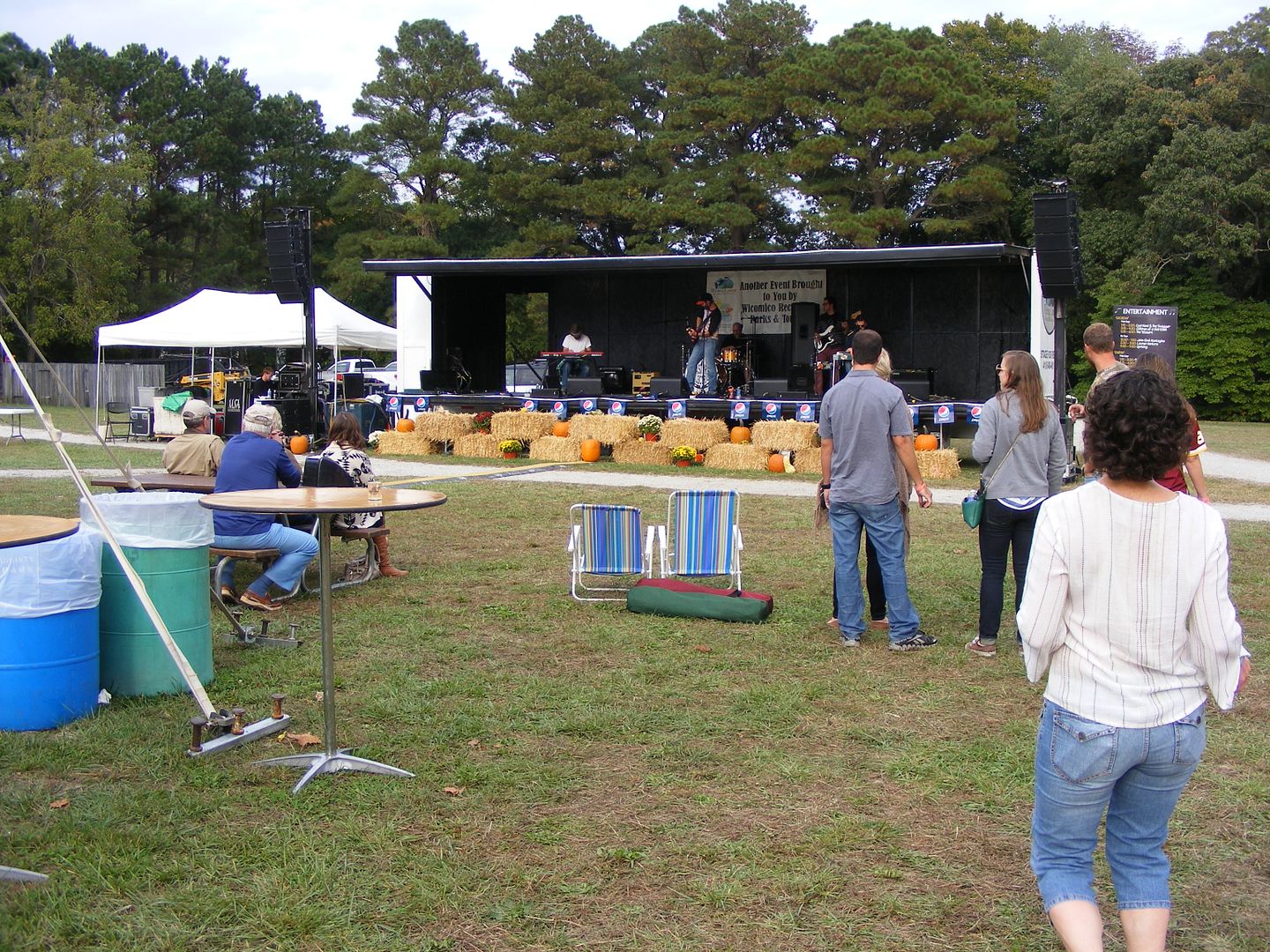

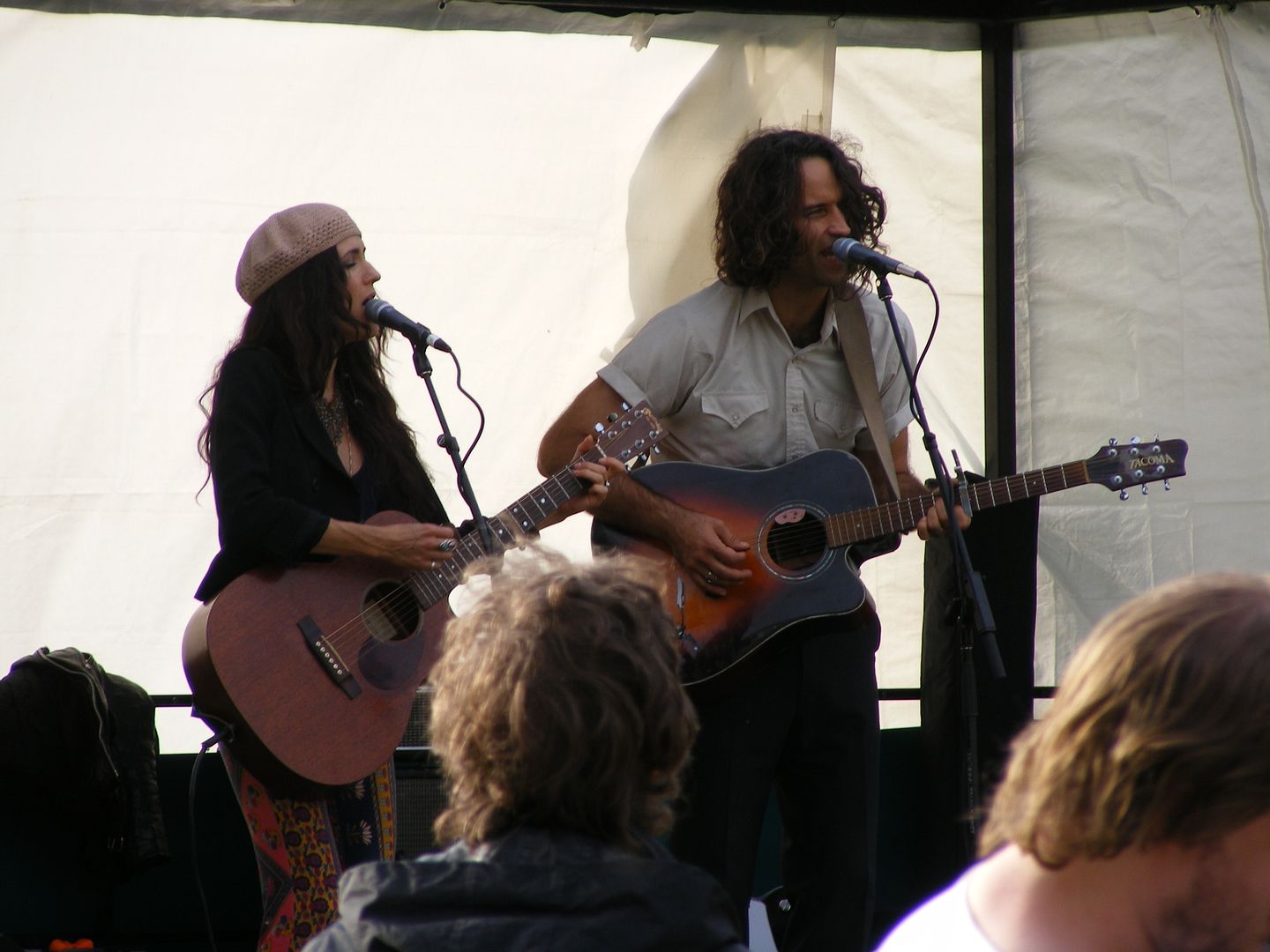

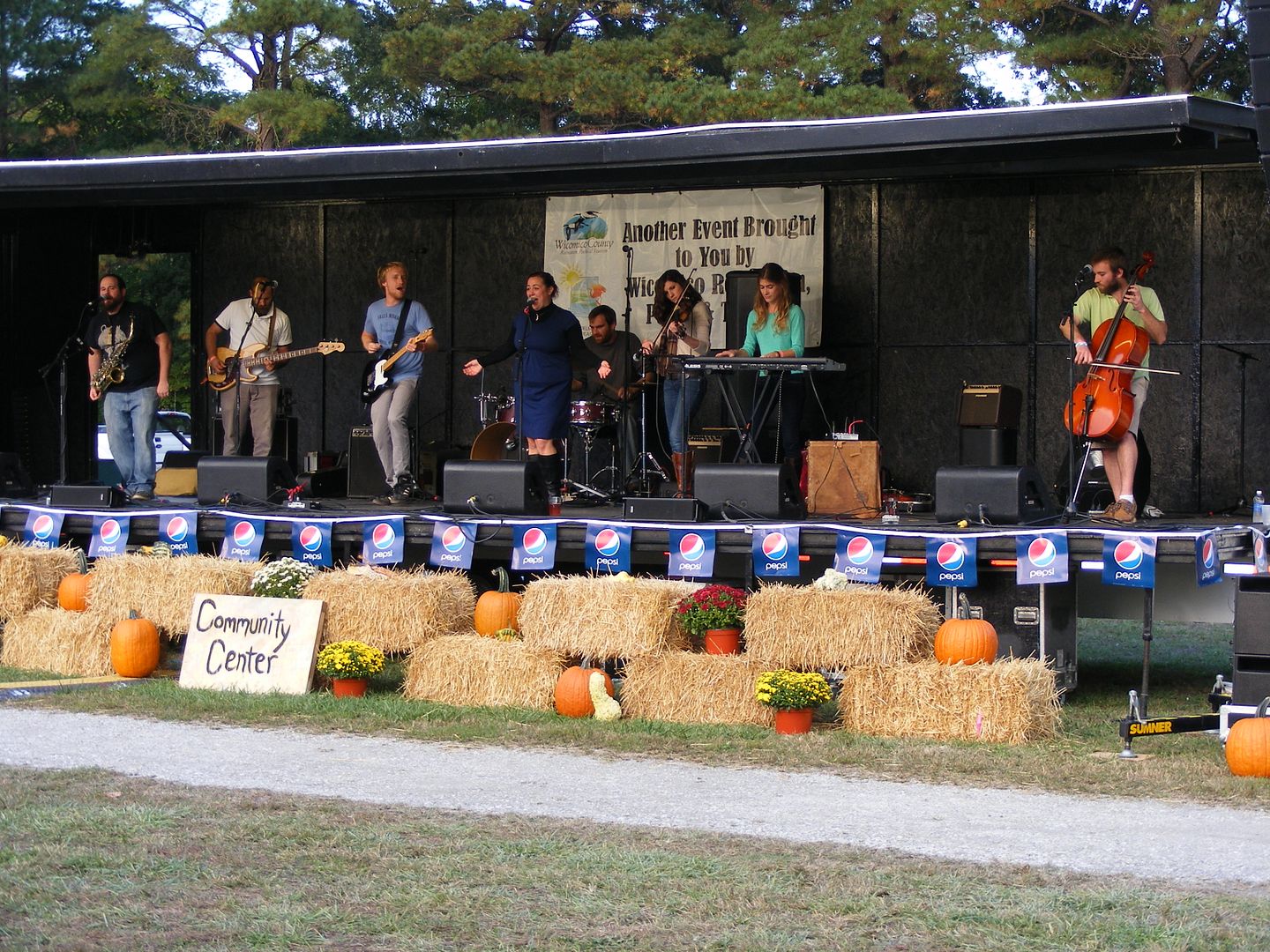
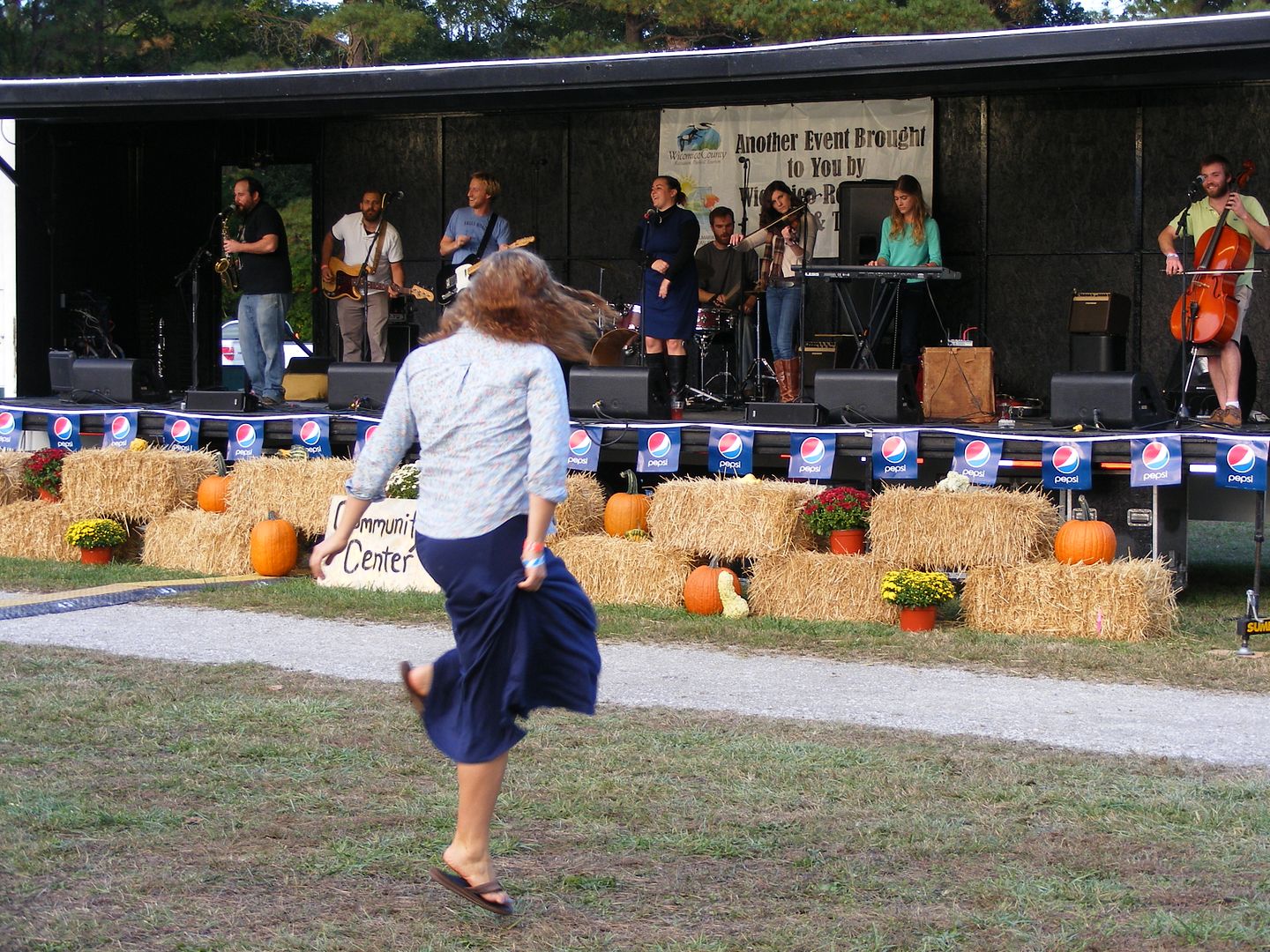
 For the second time in just over three months, Tomas Doncker and his band will put out a new release. And while the
For the second time in just over three months, Tomas Doncker and his band will put out a new release. And while the 

